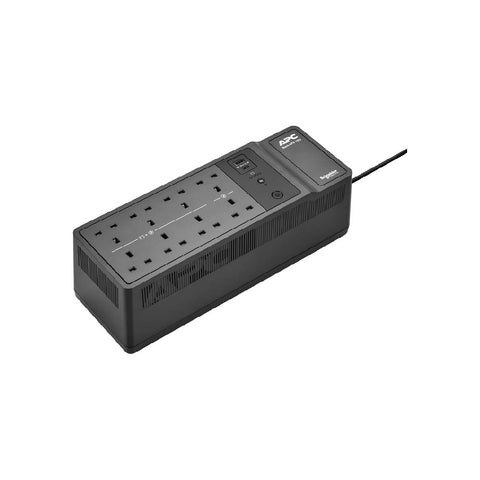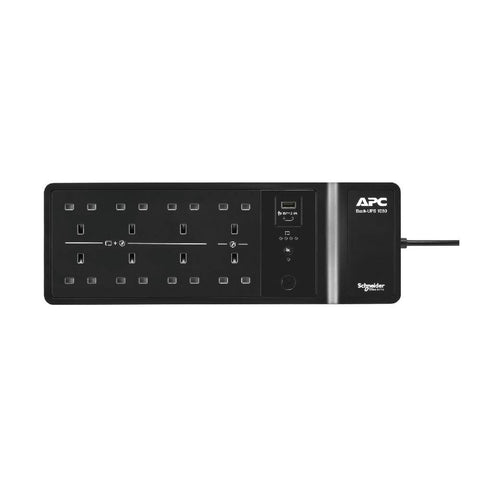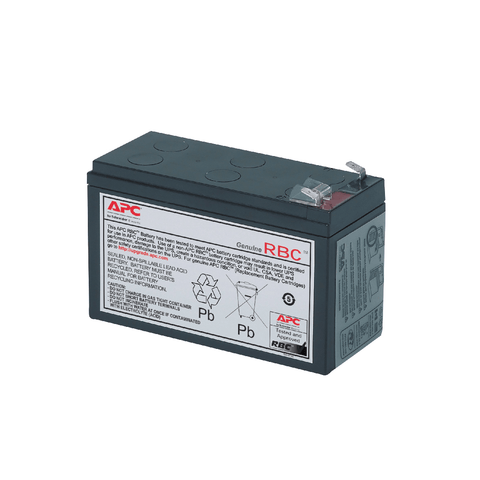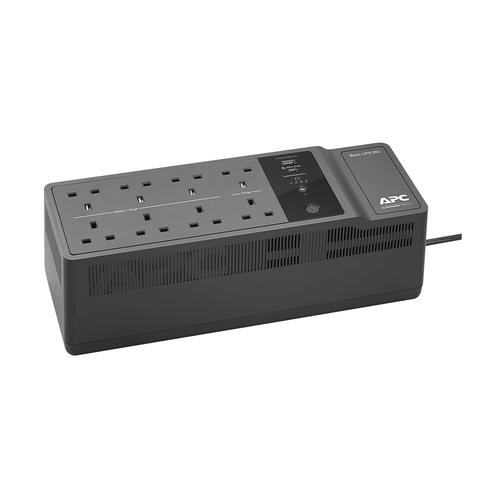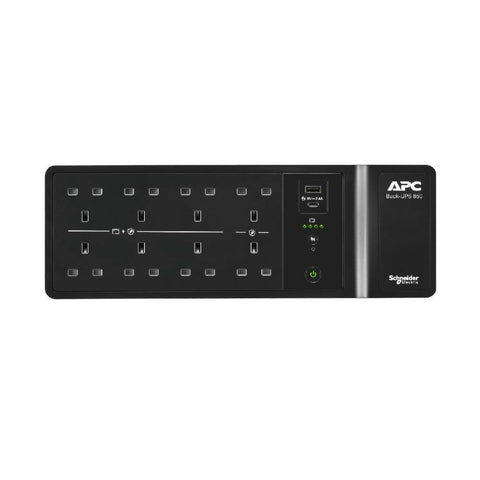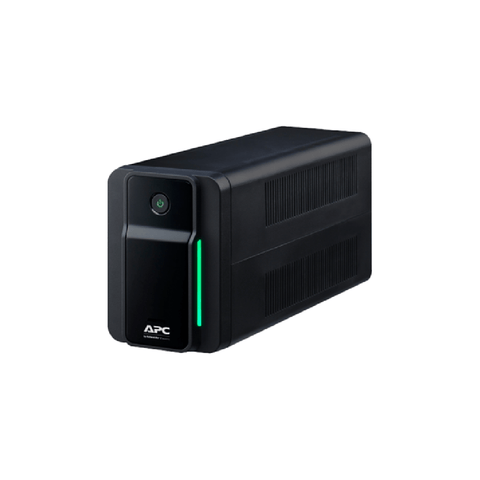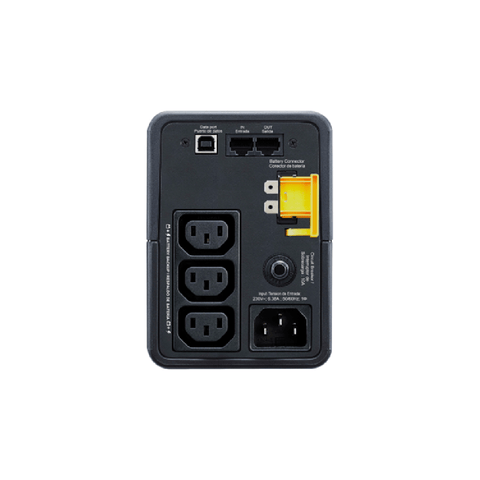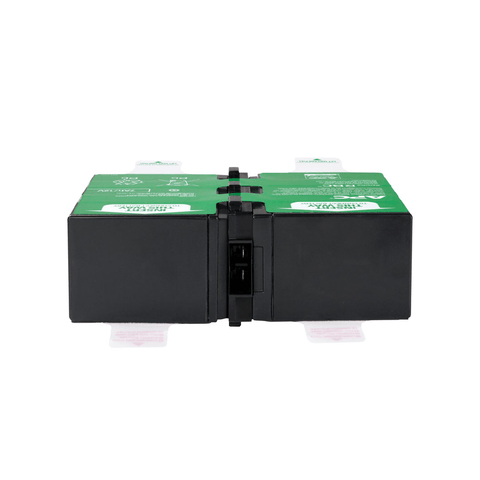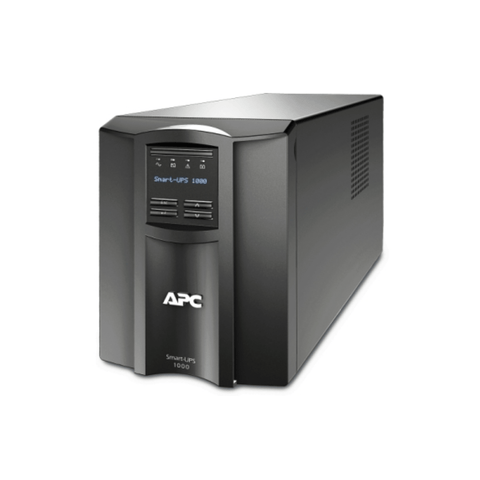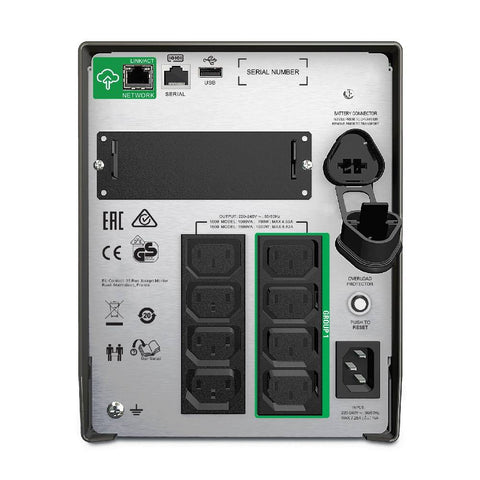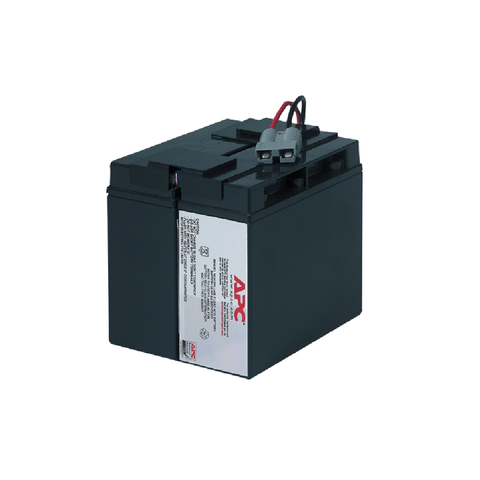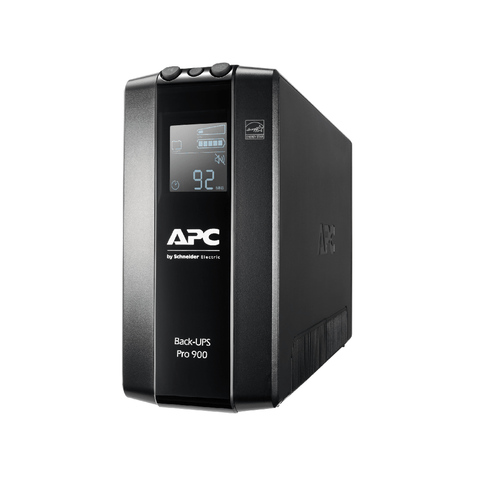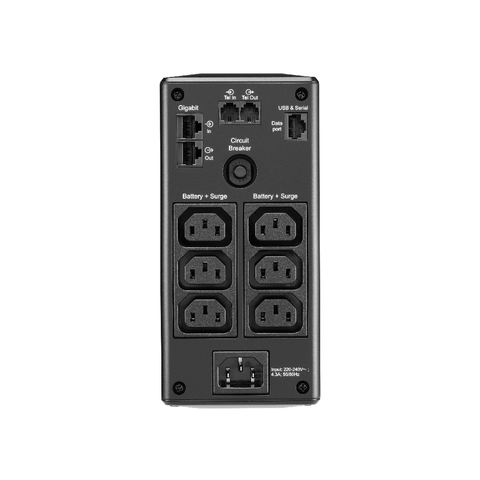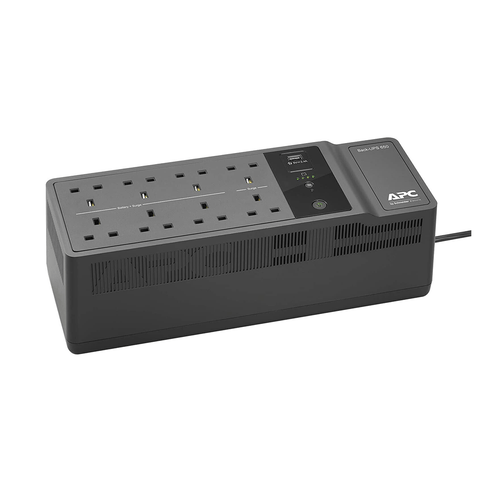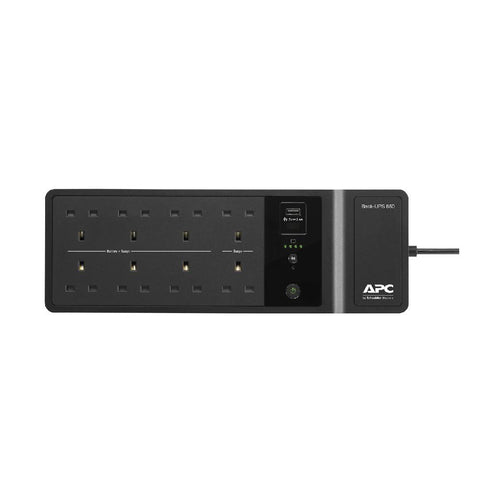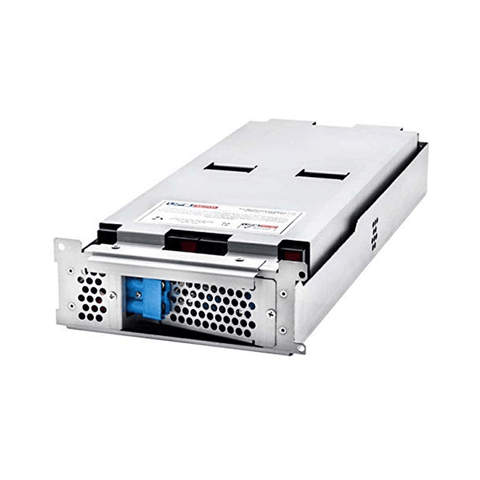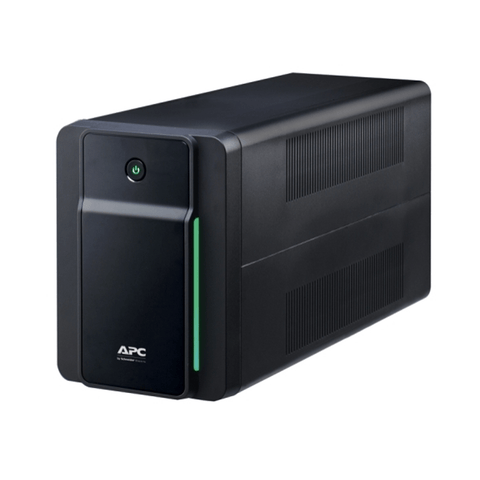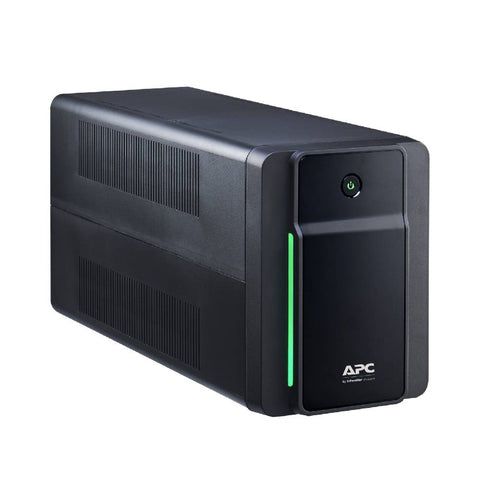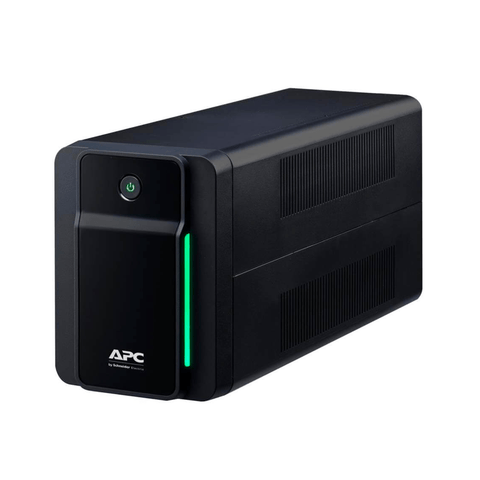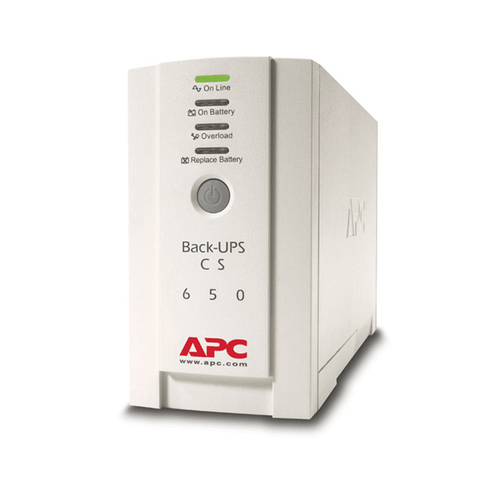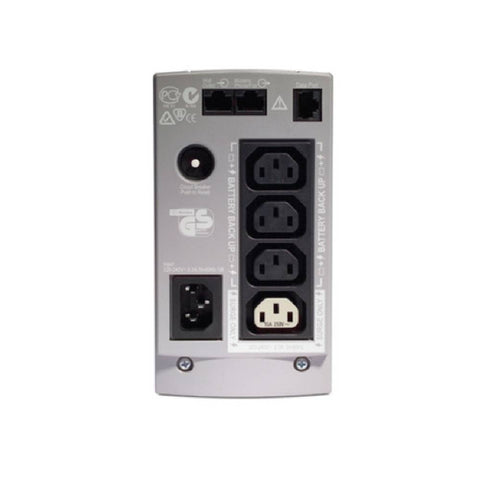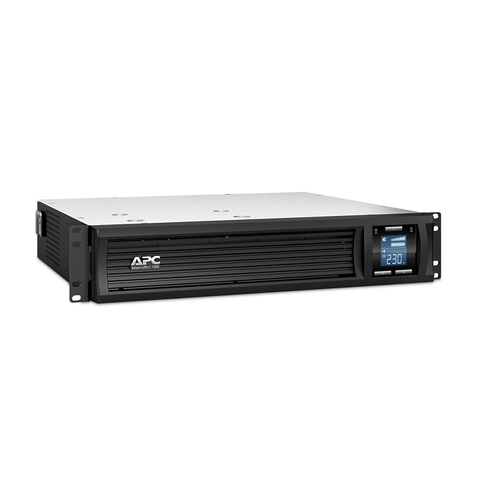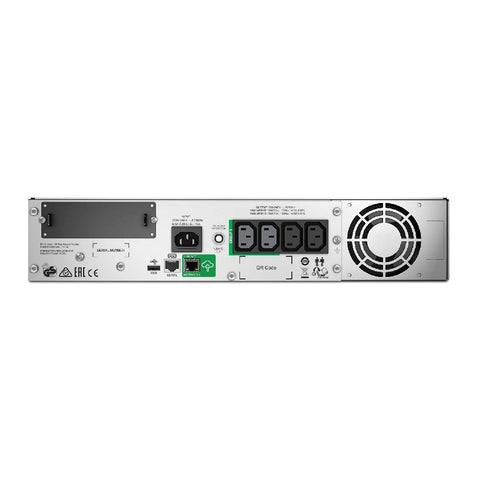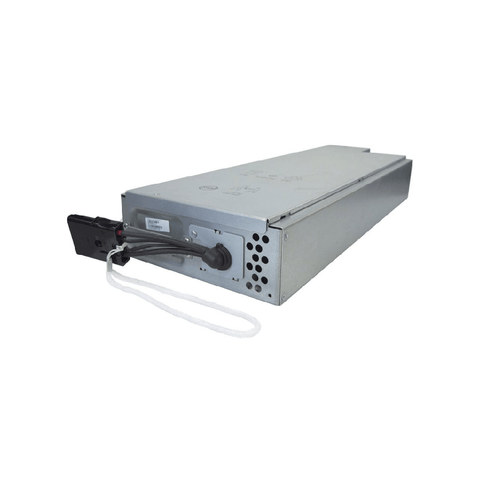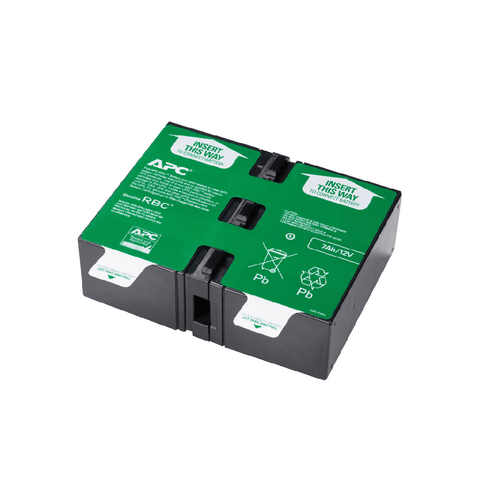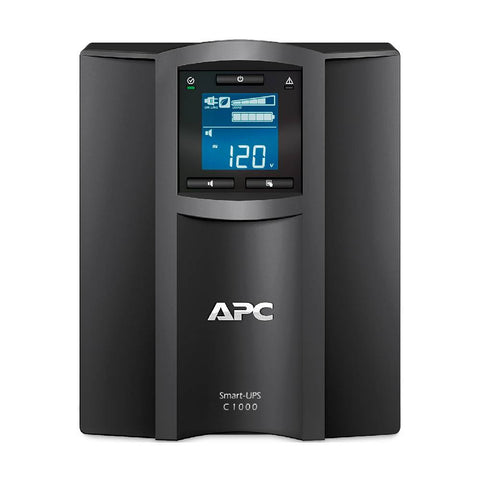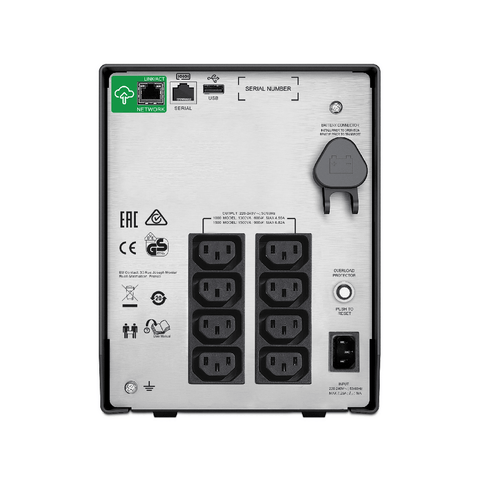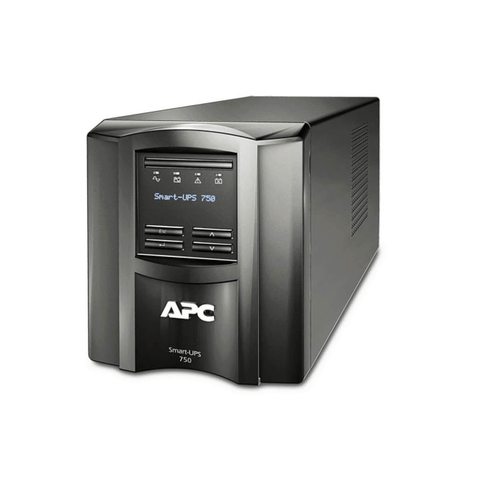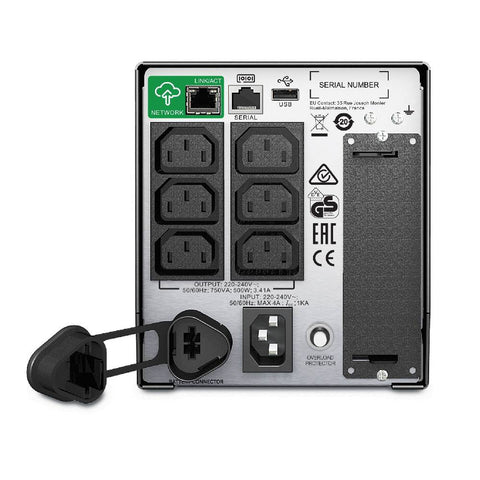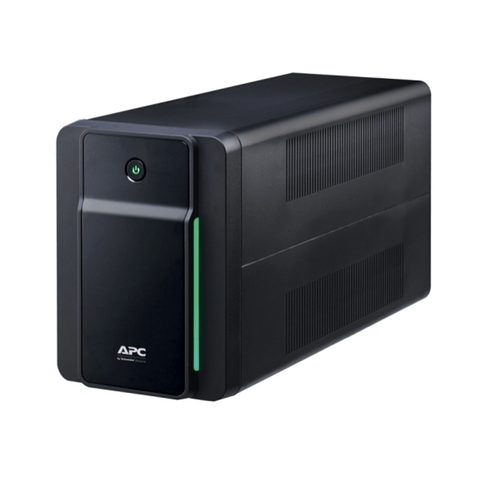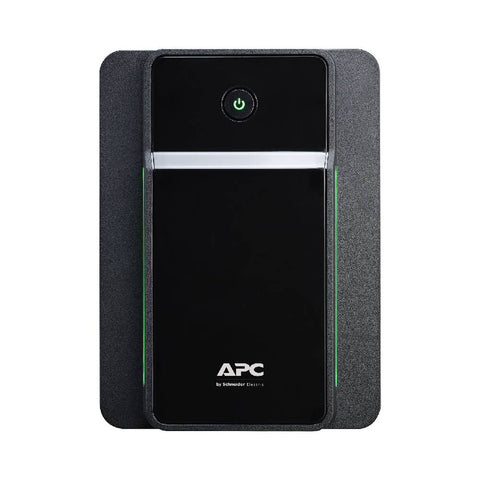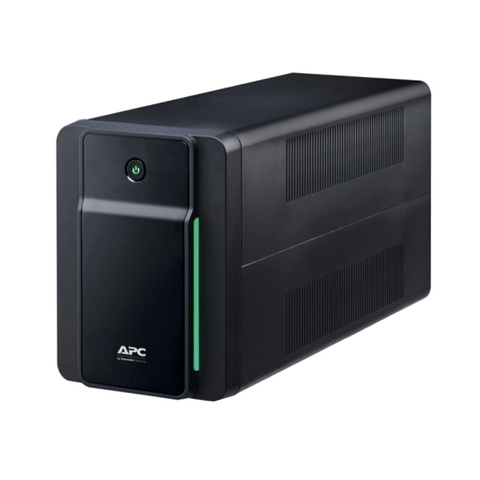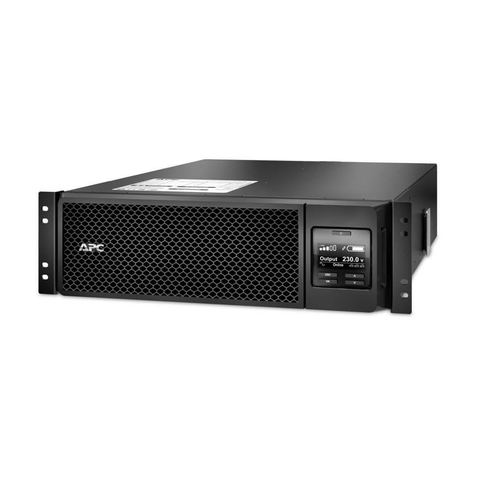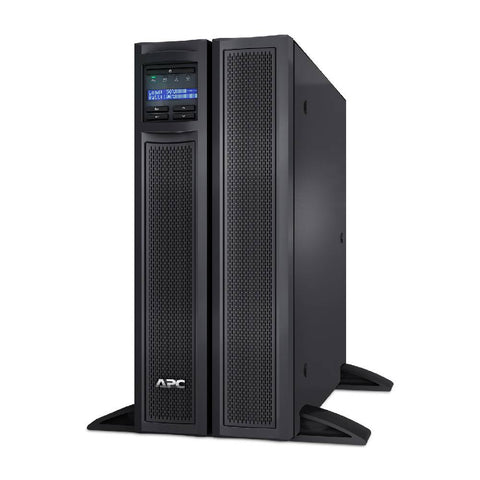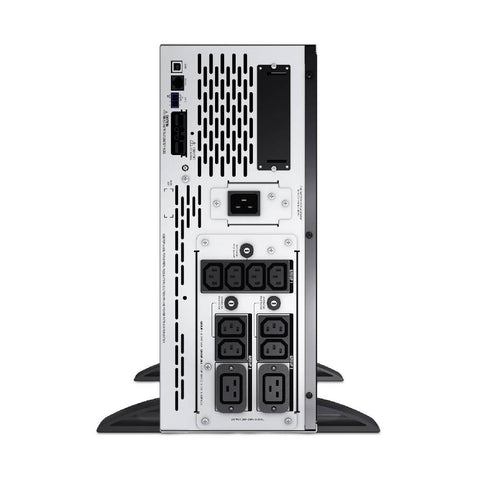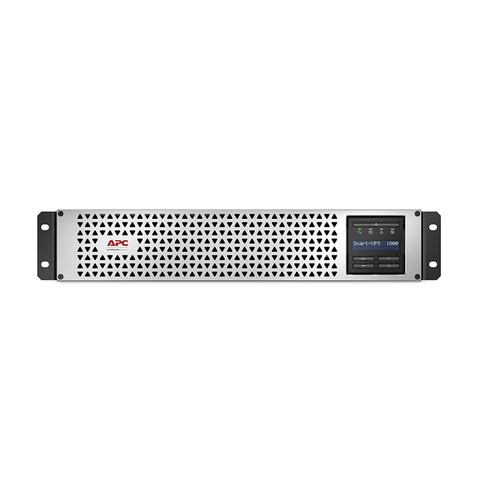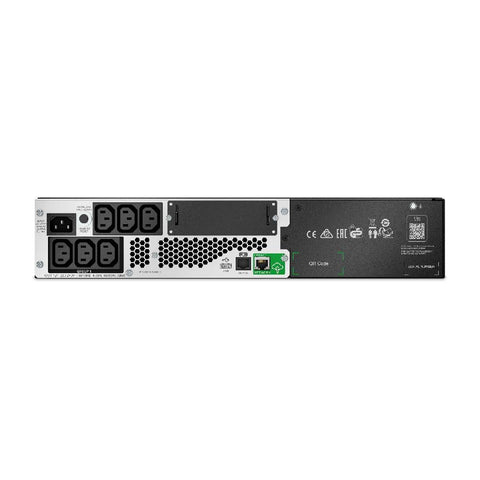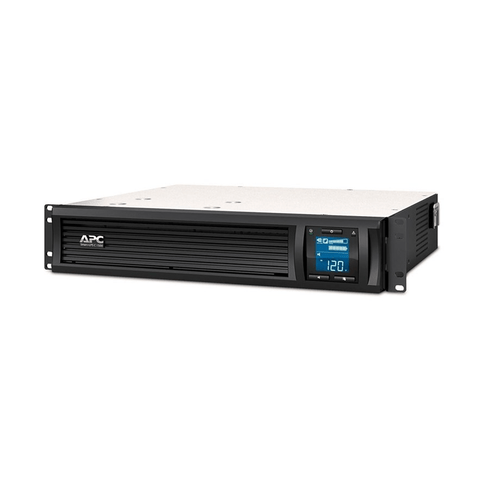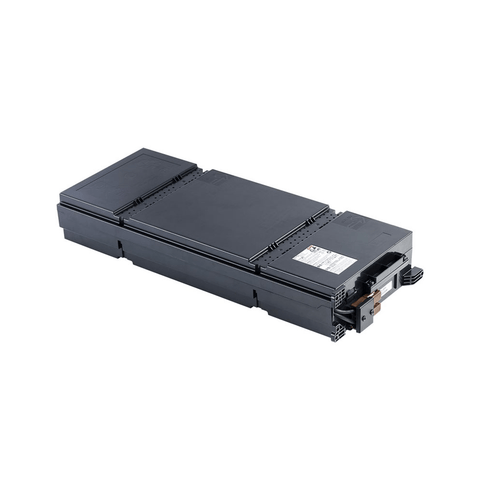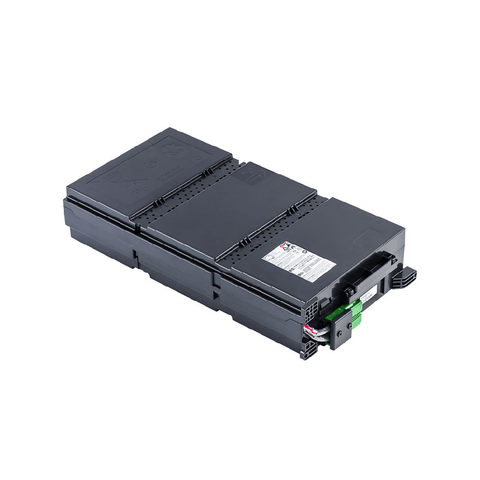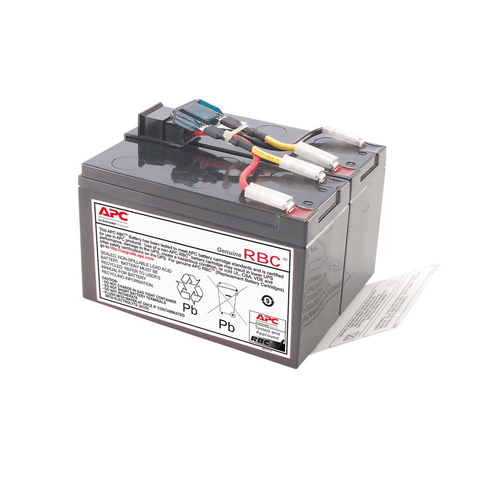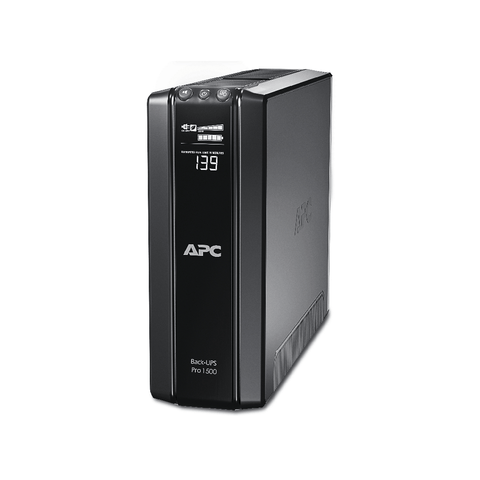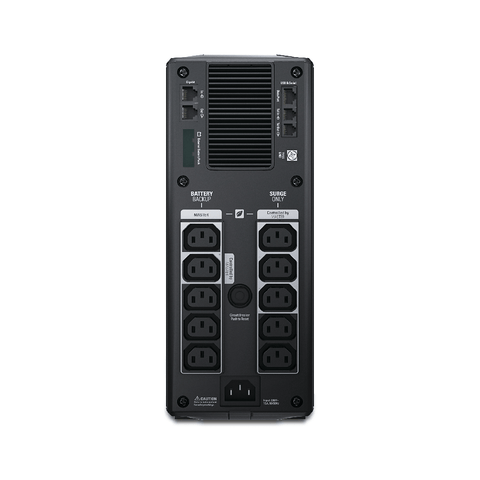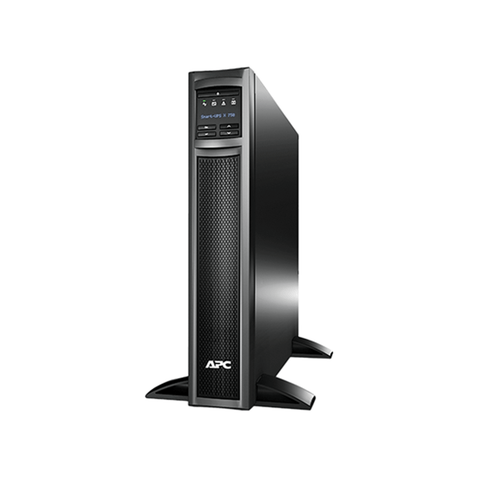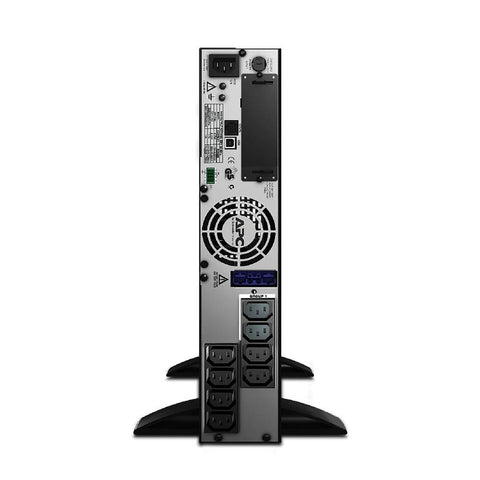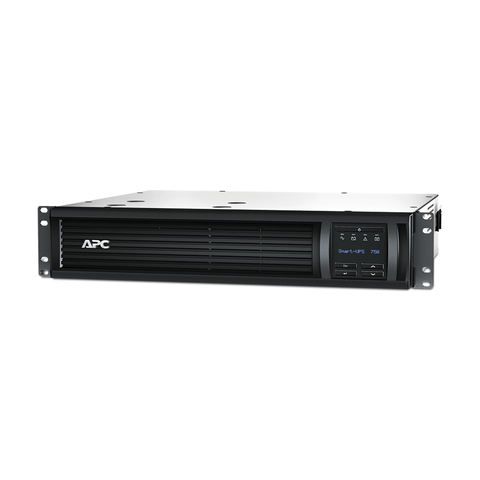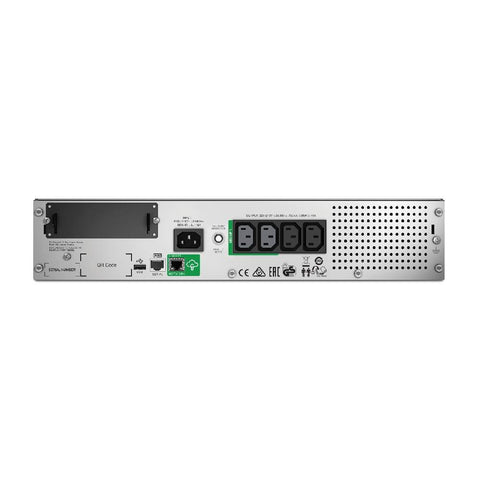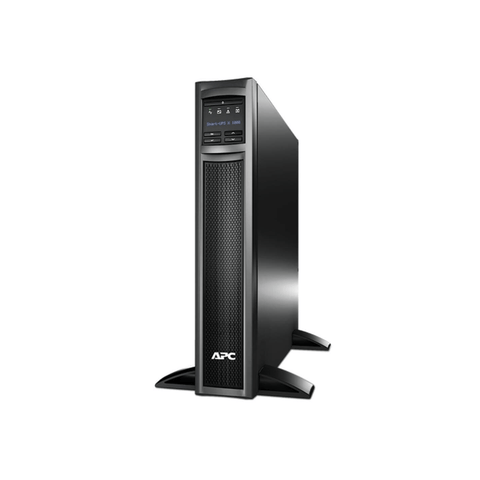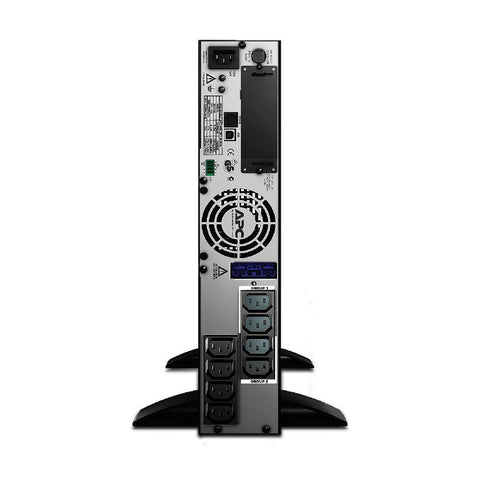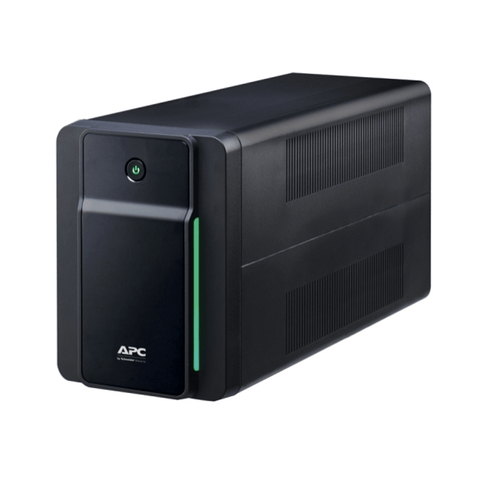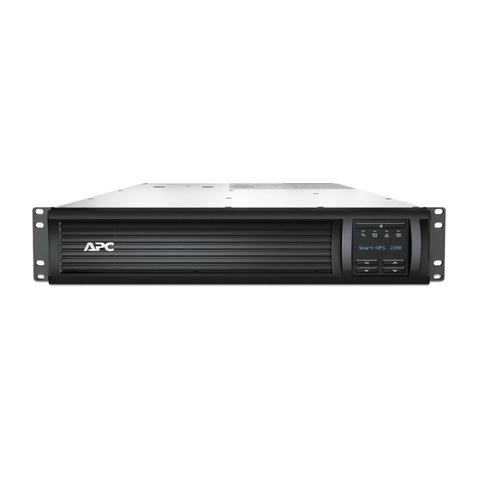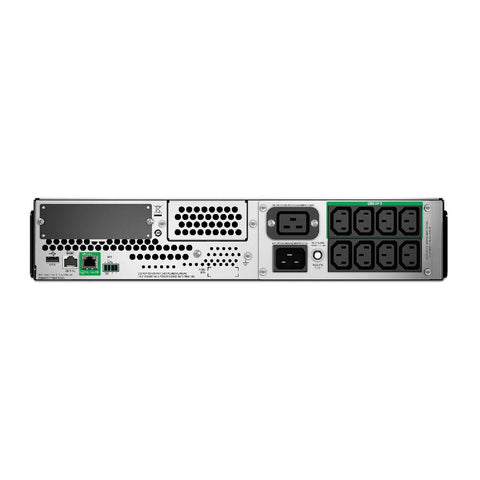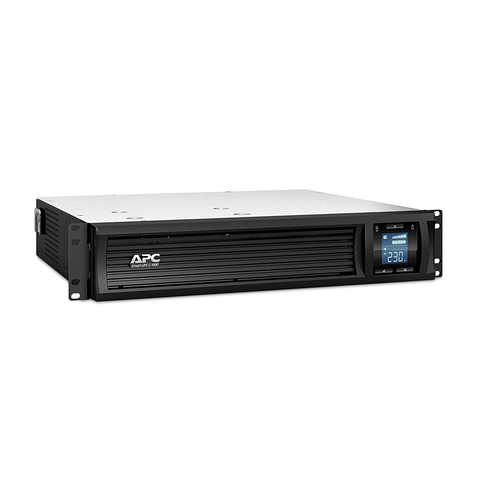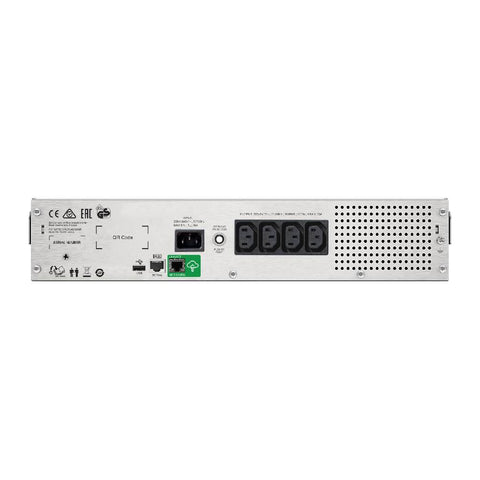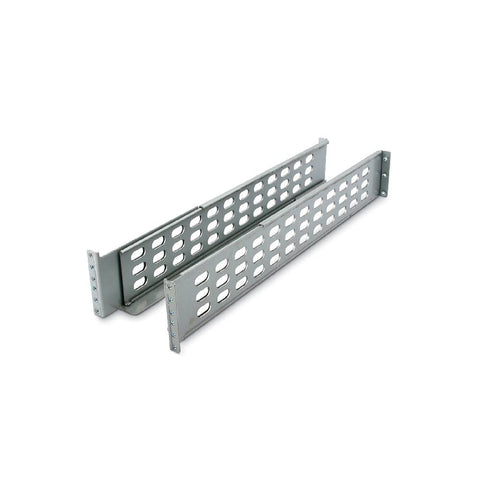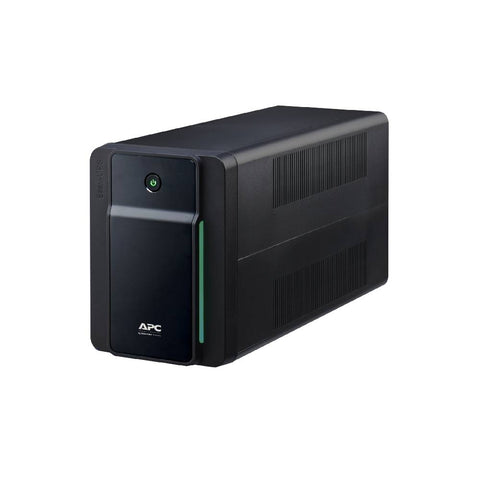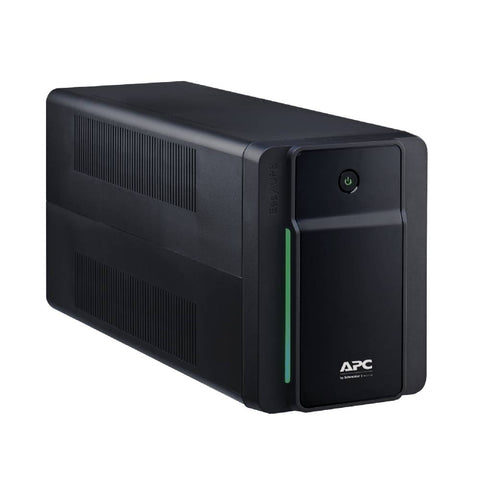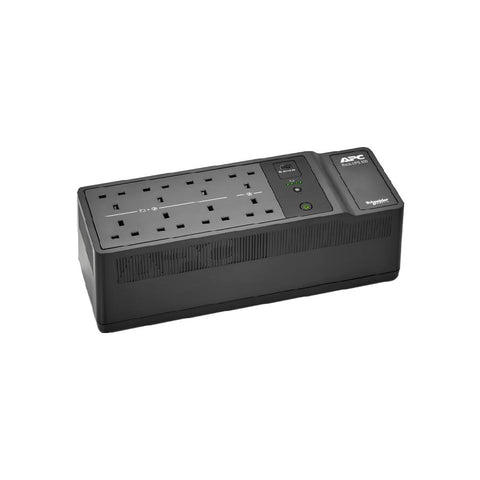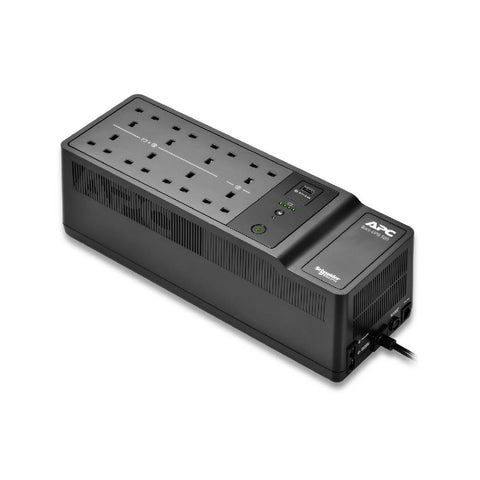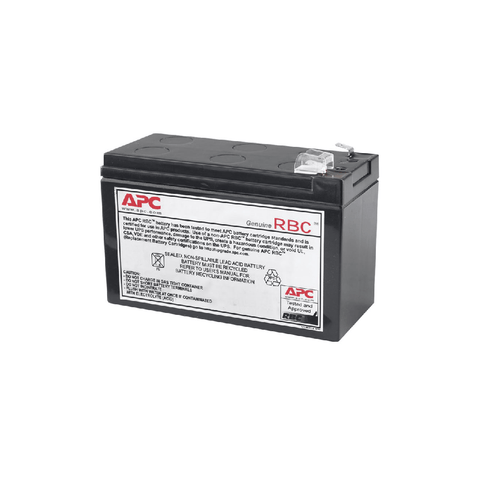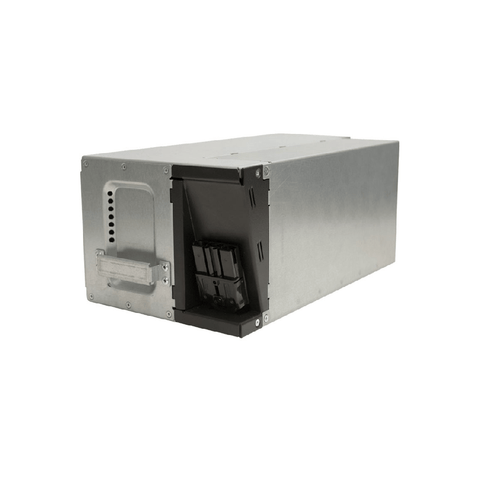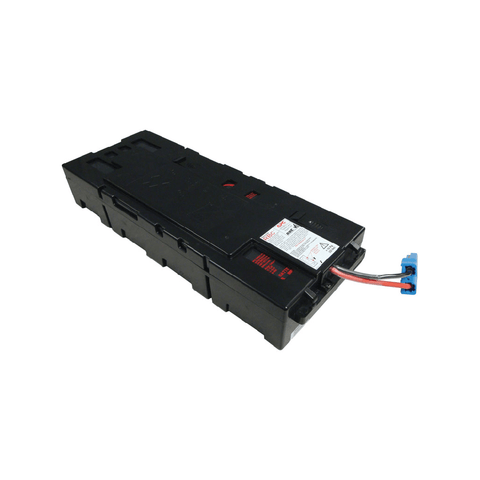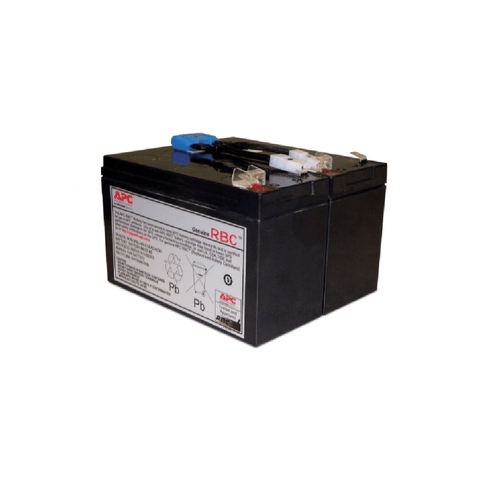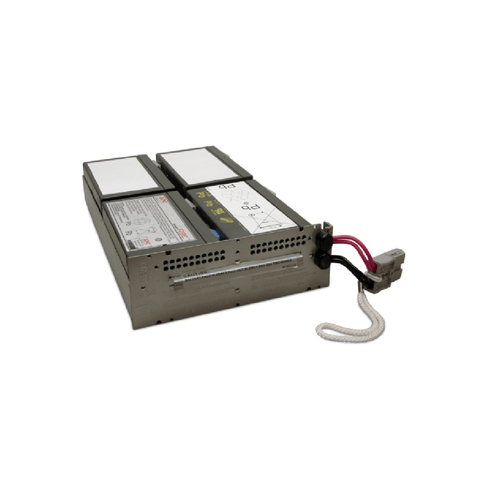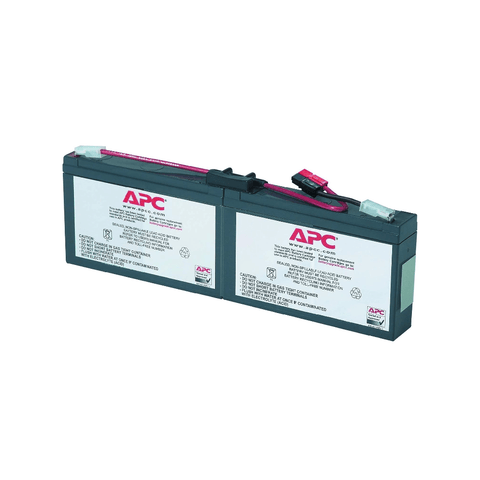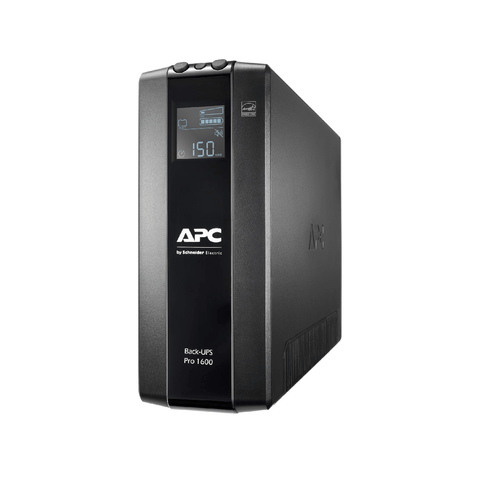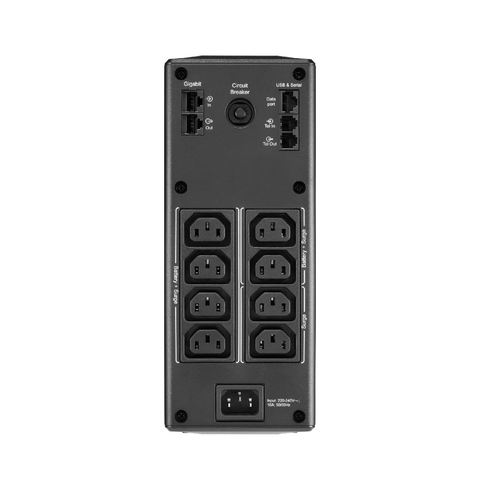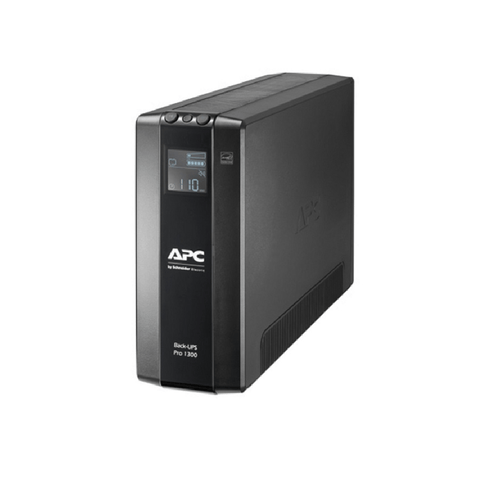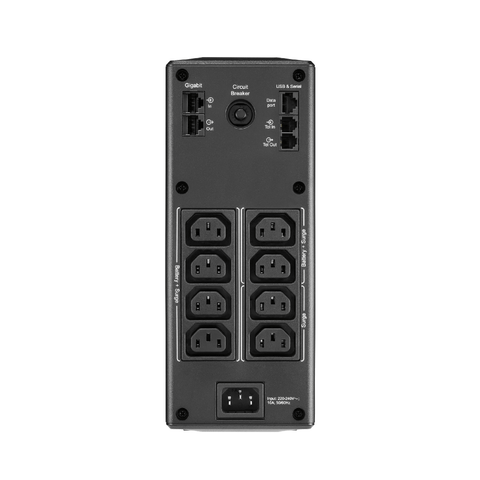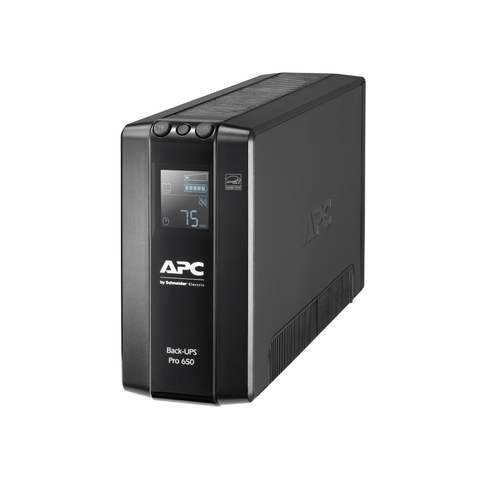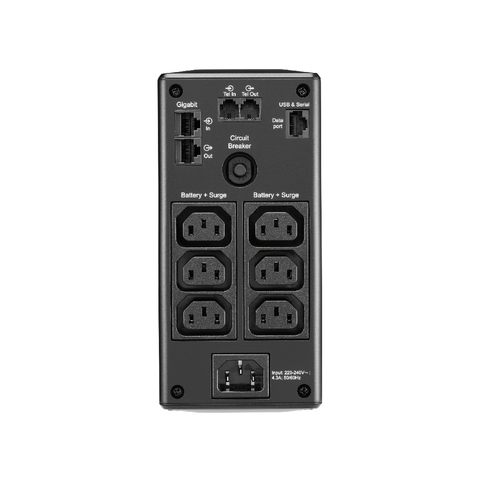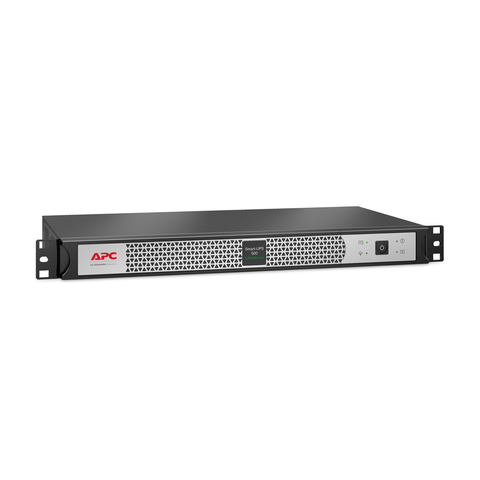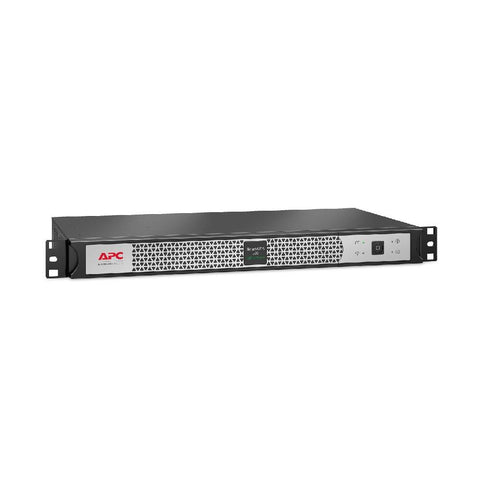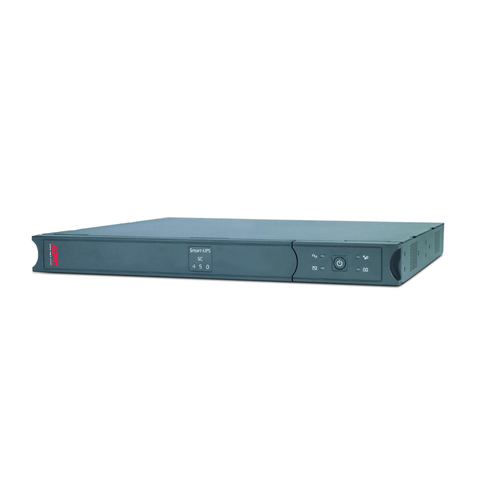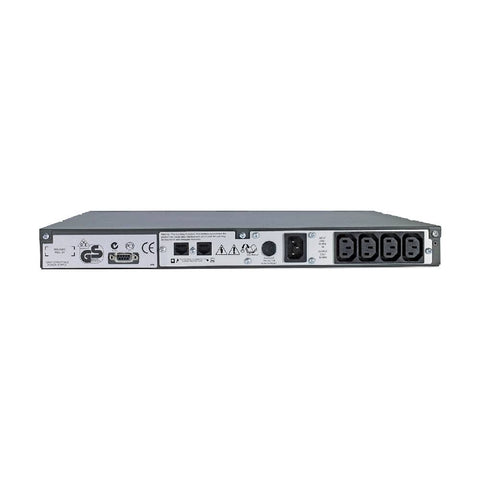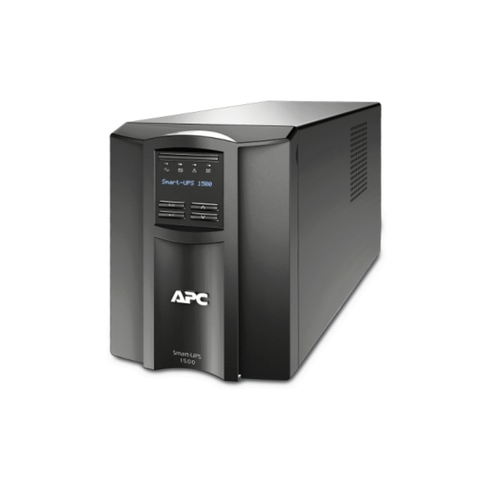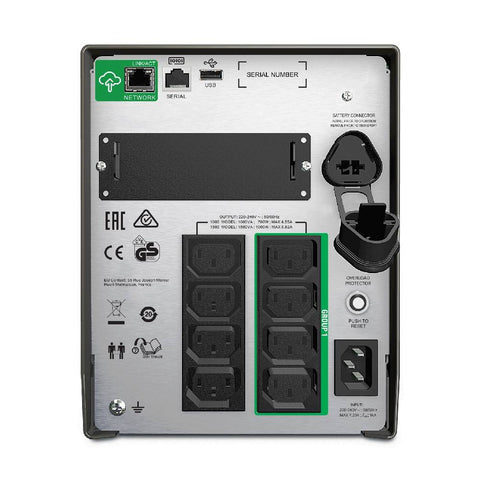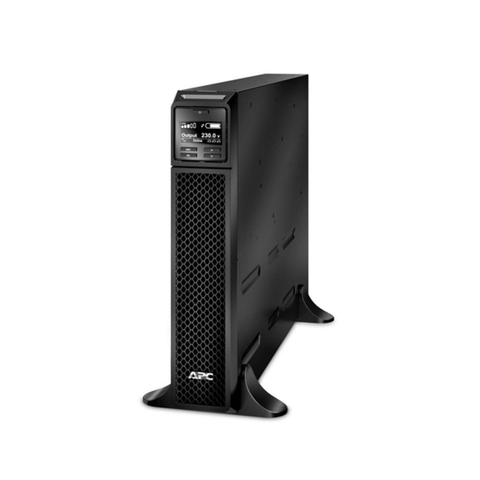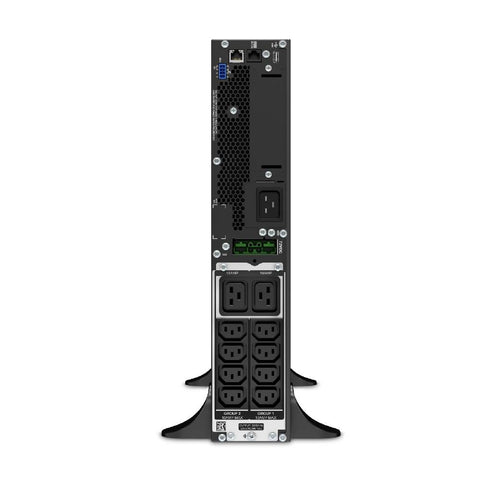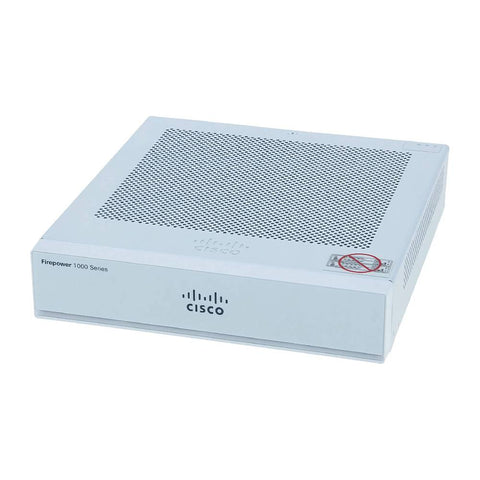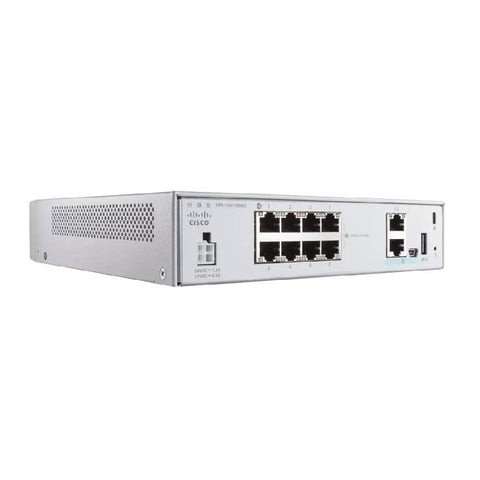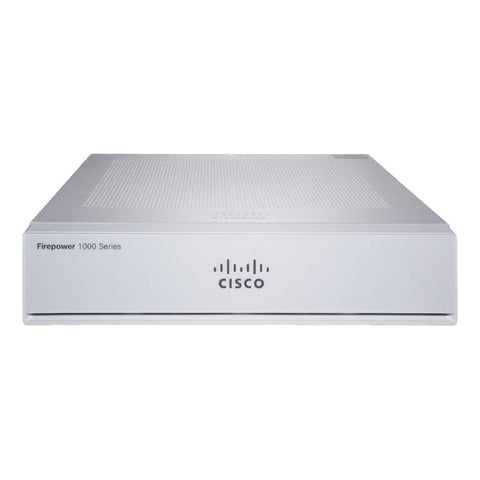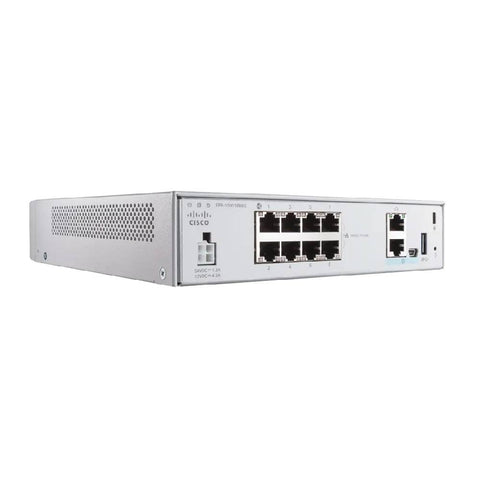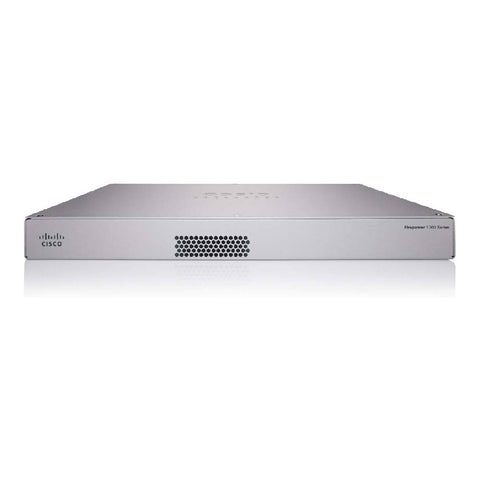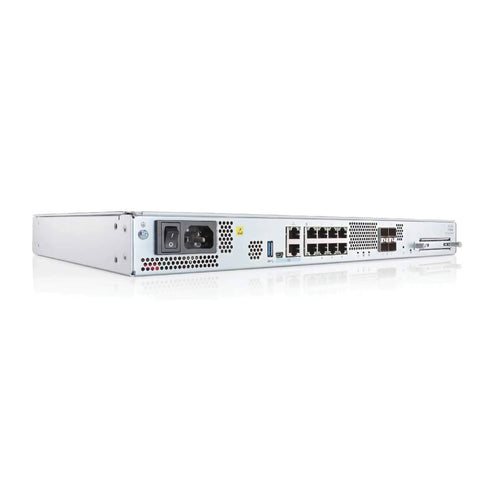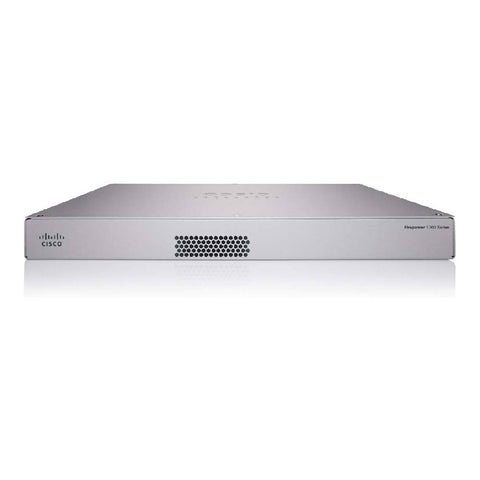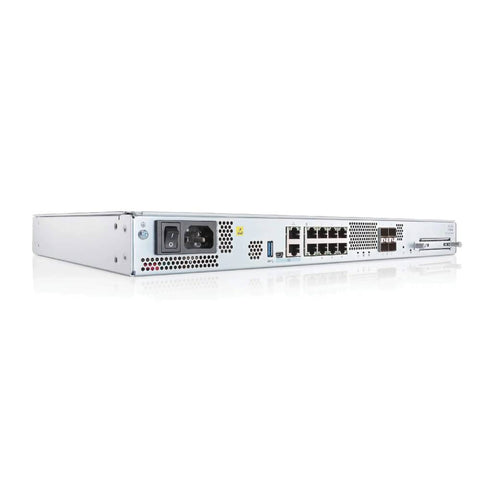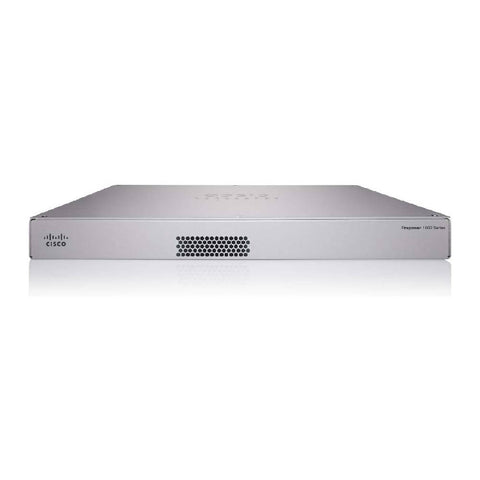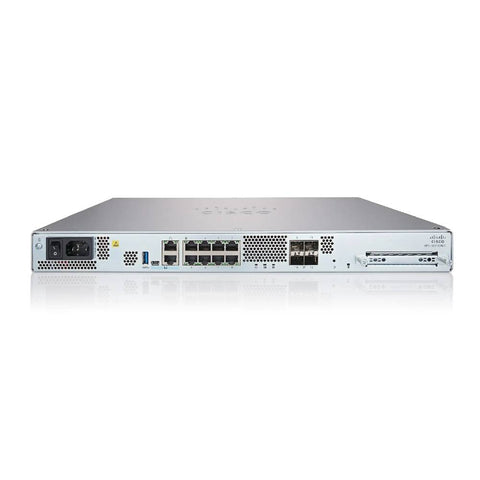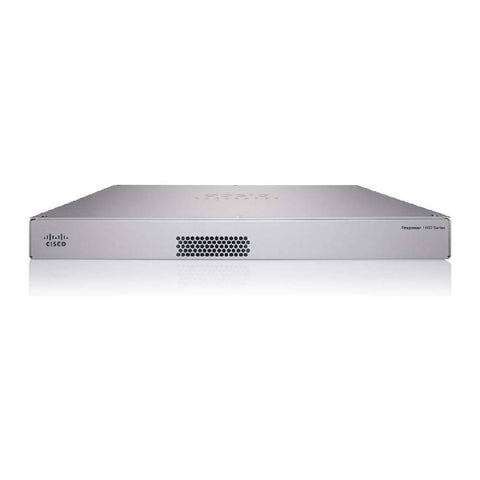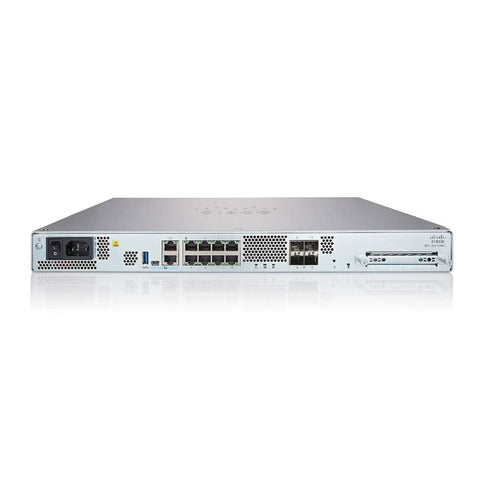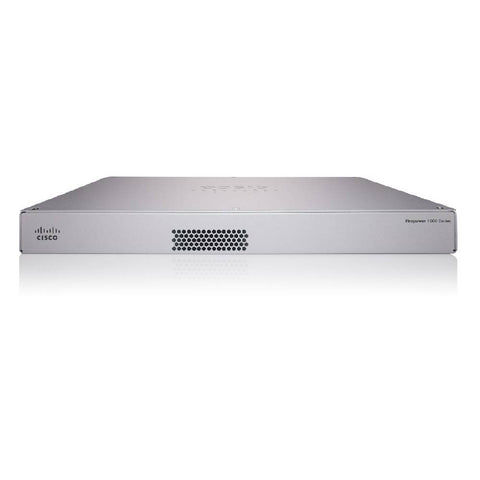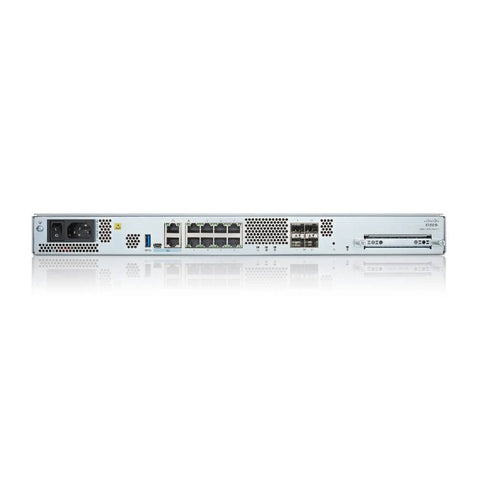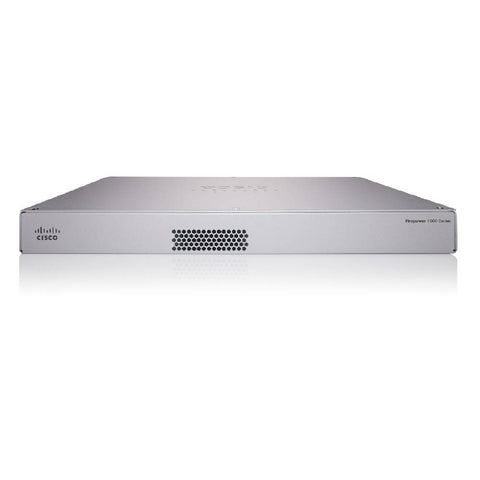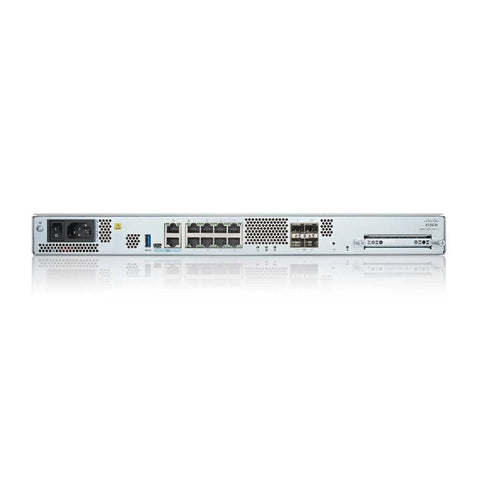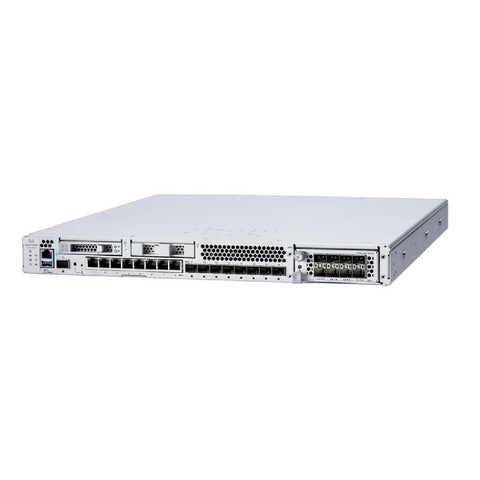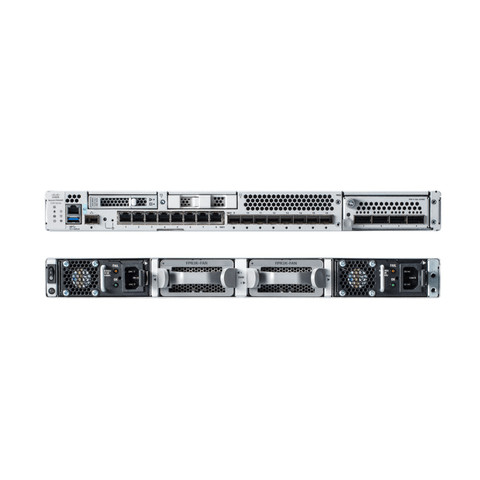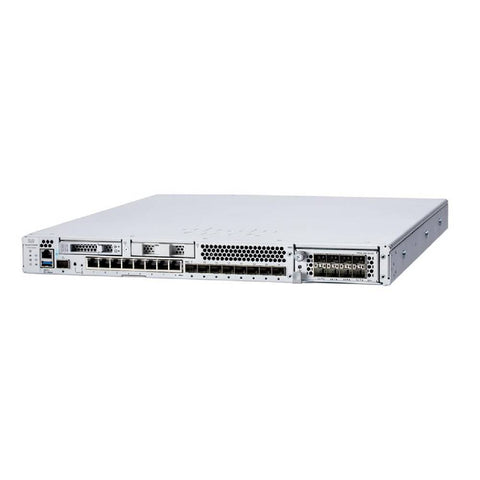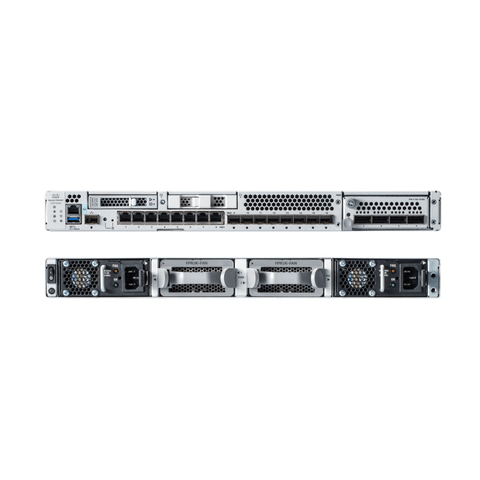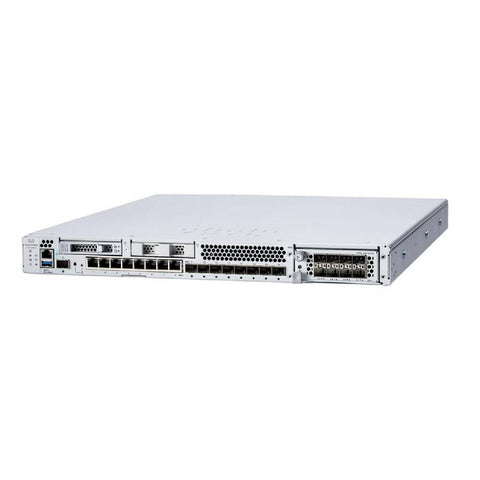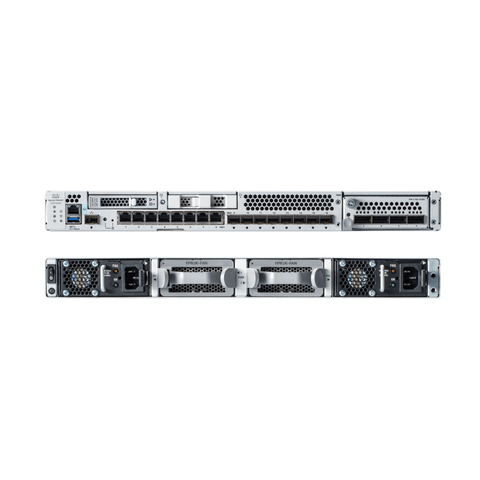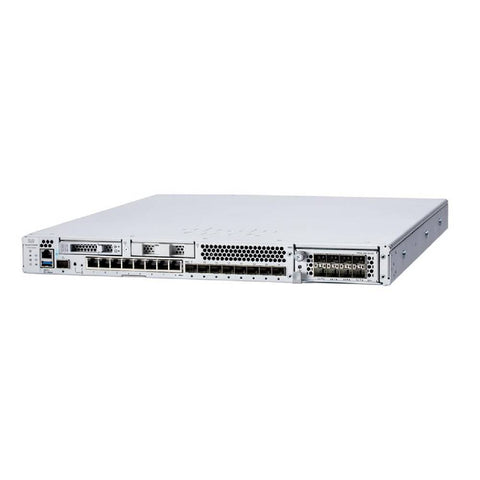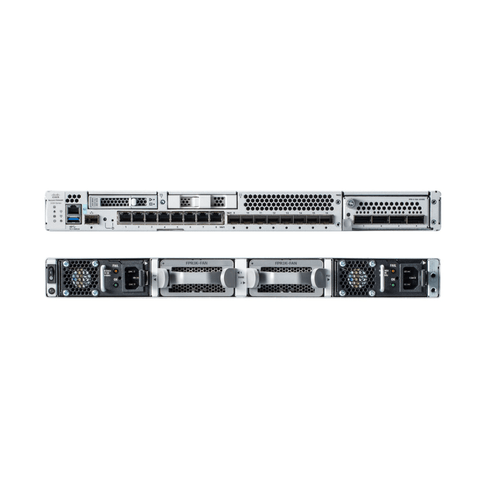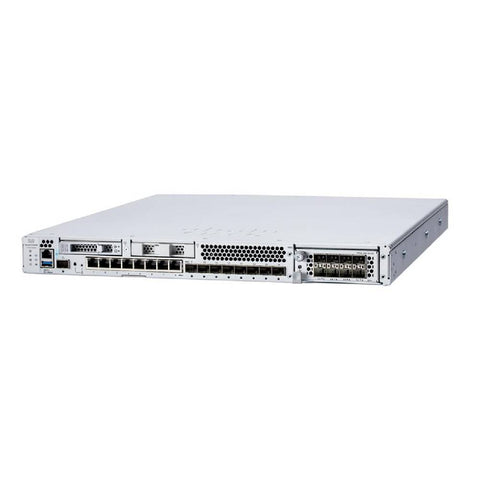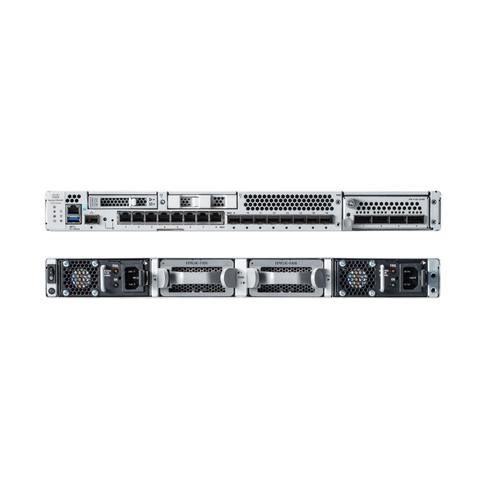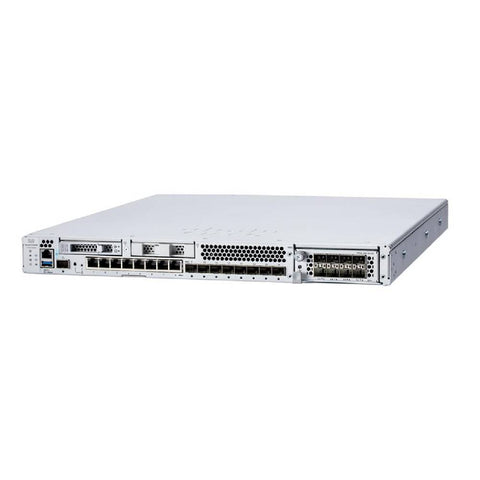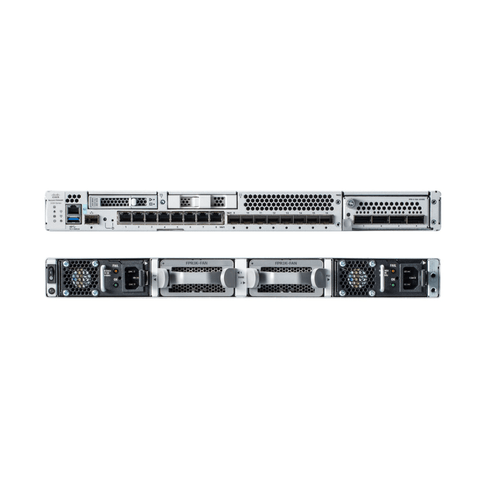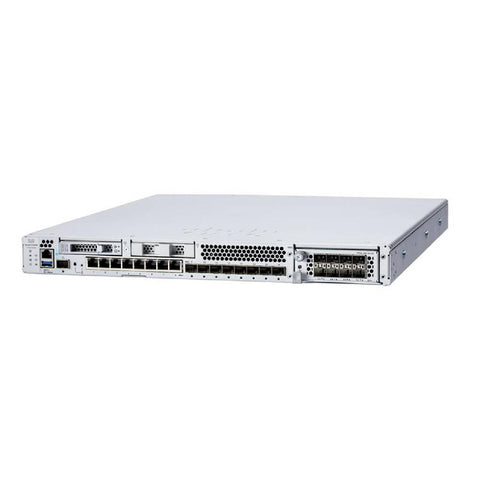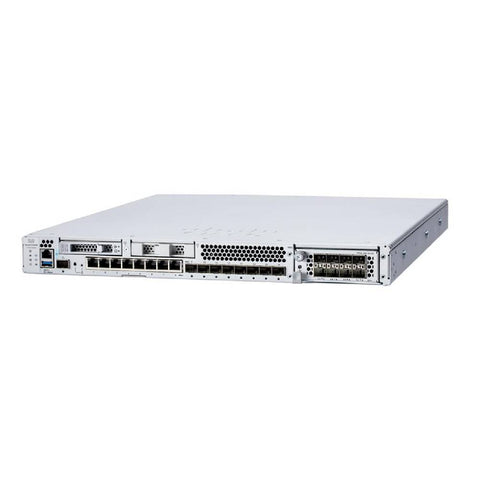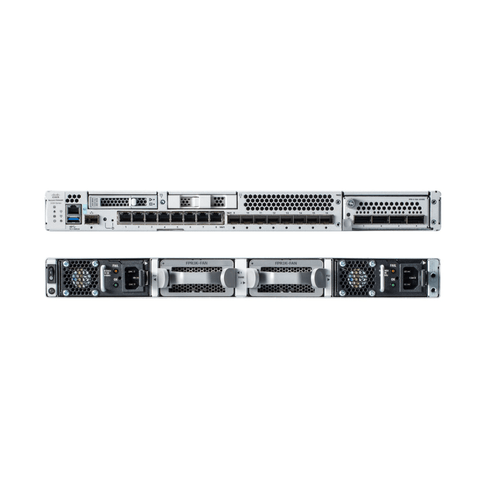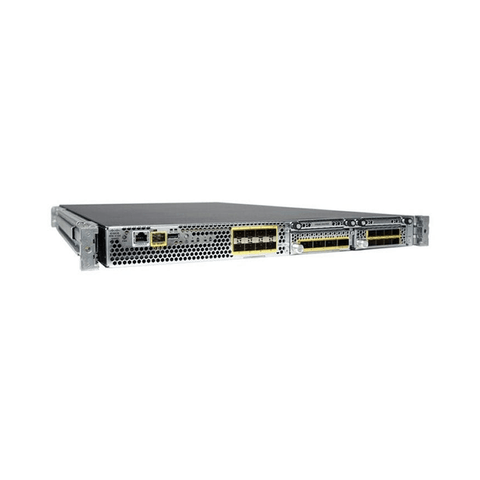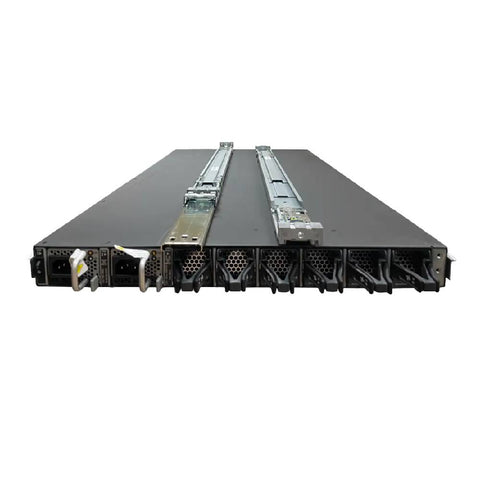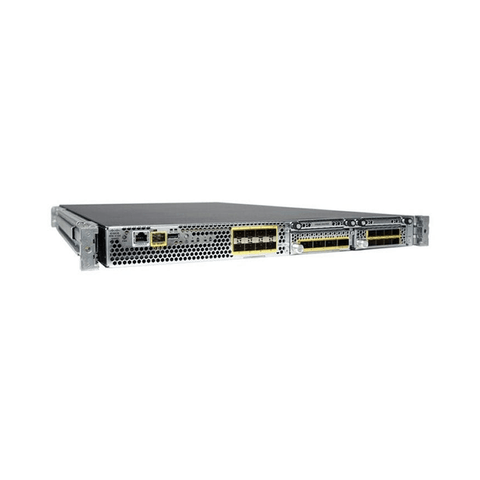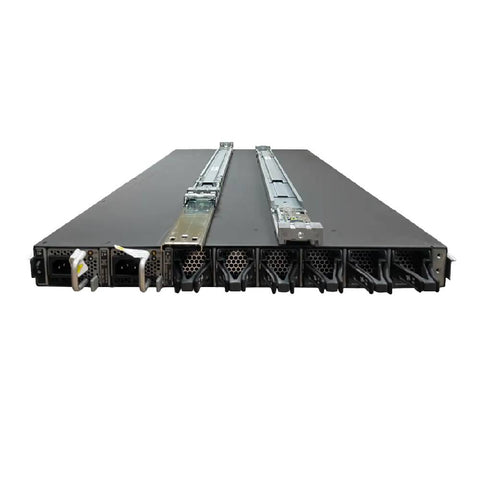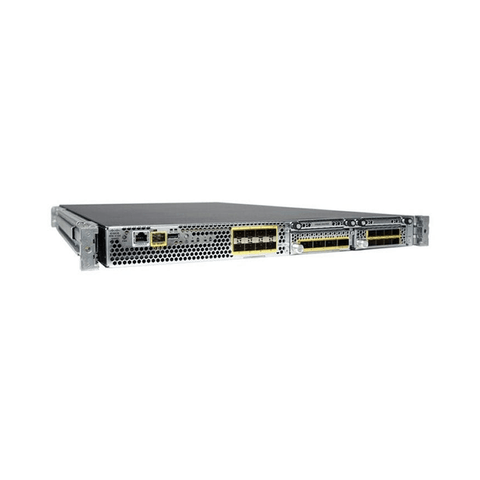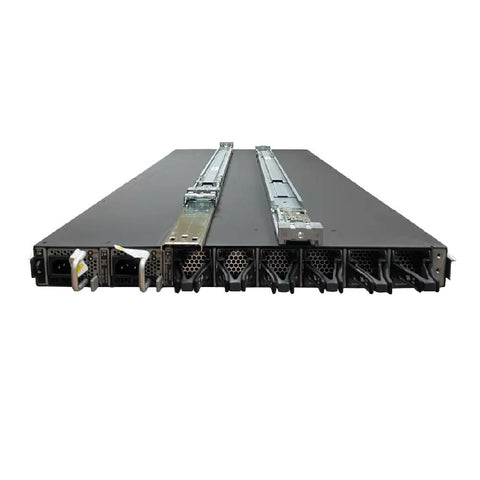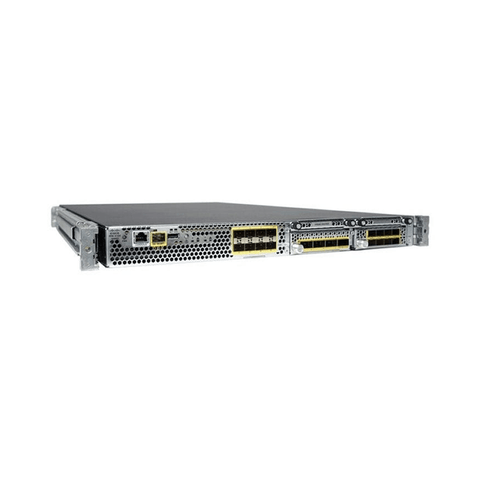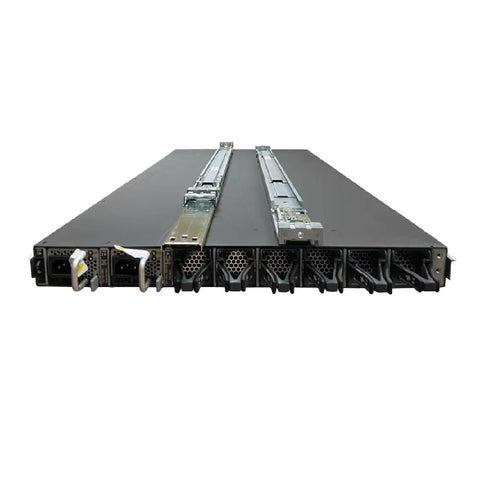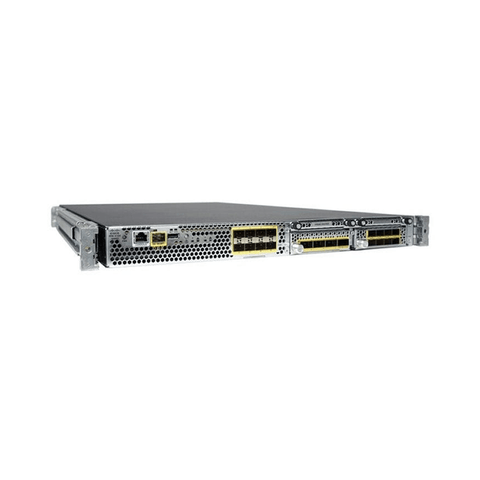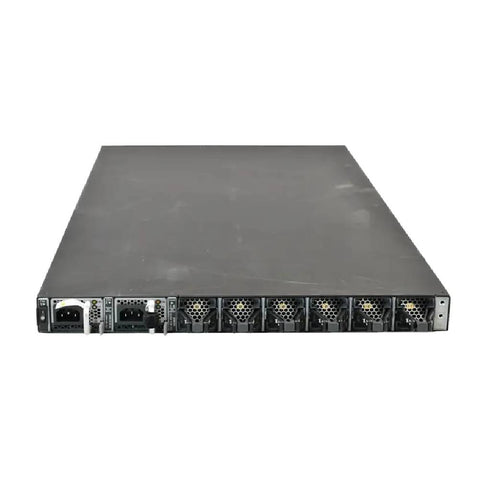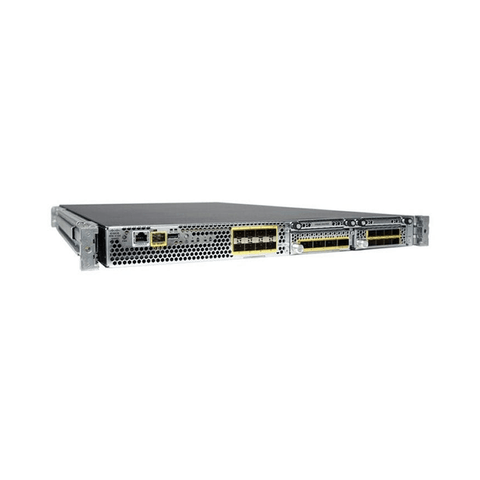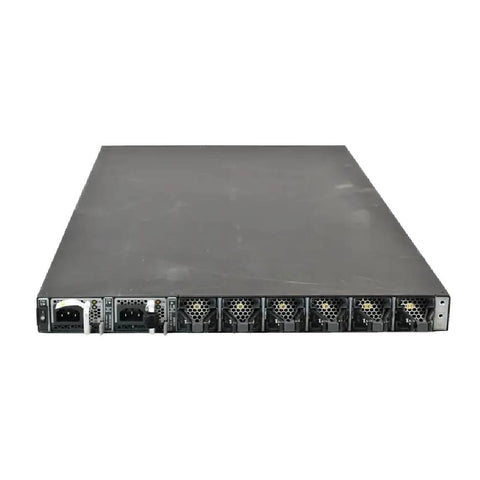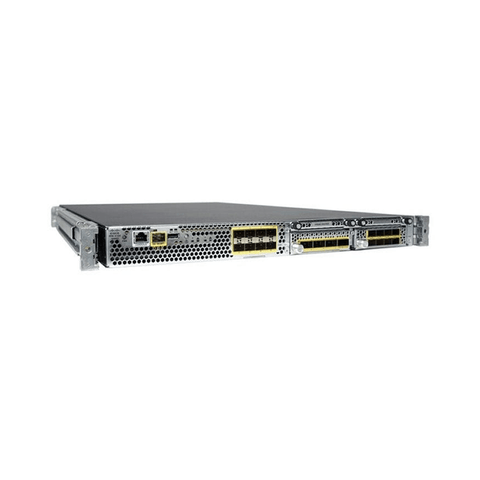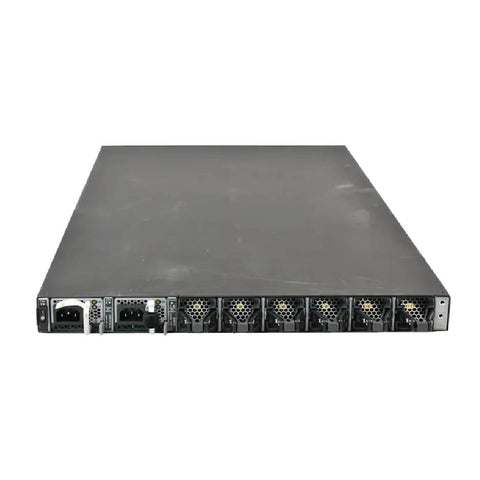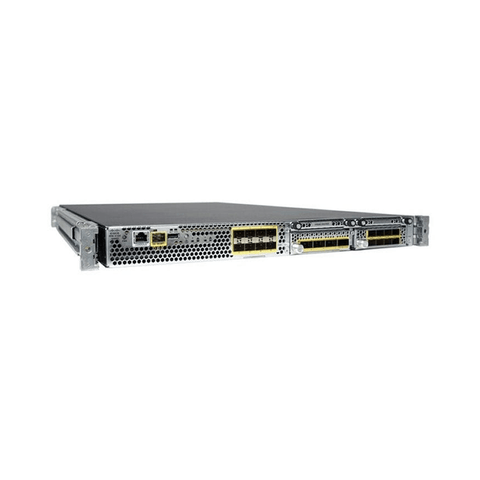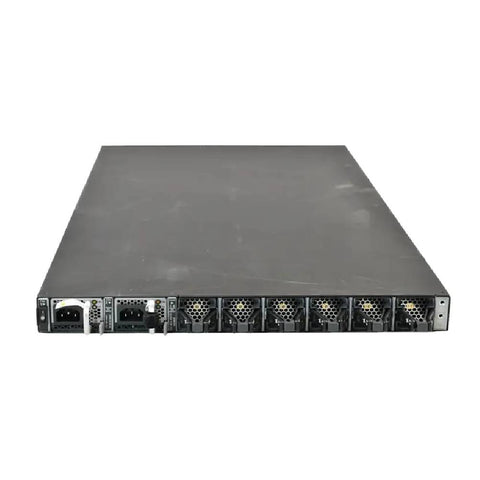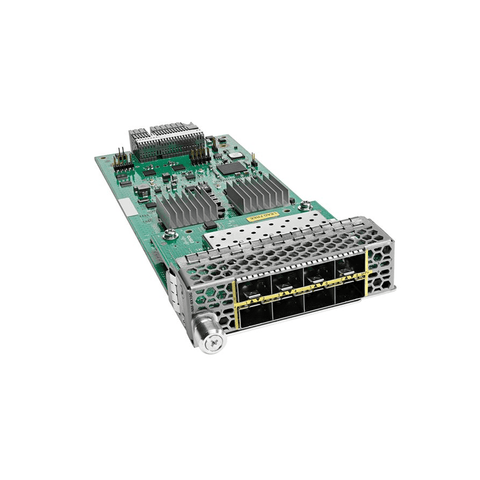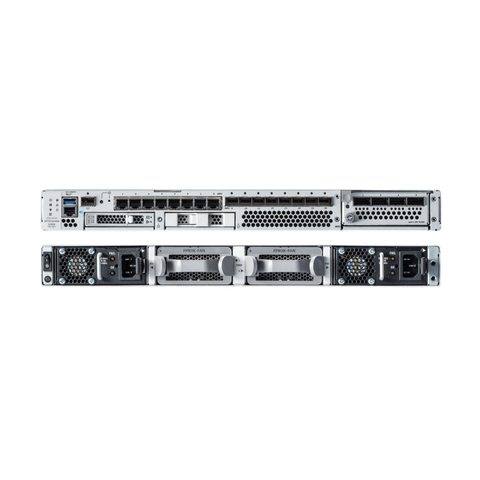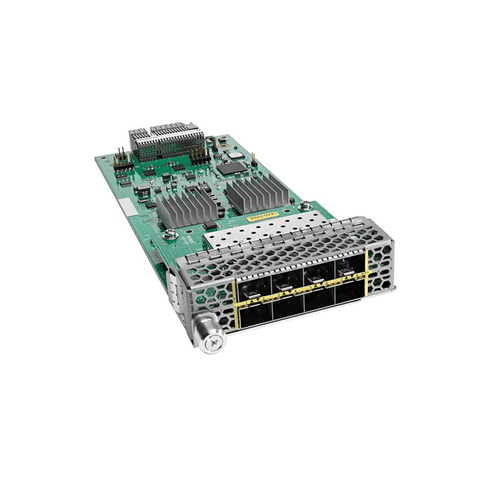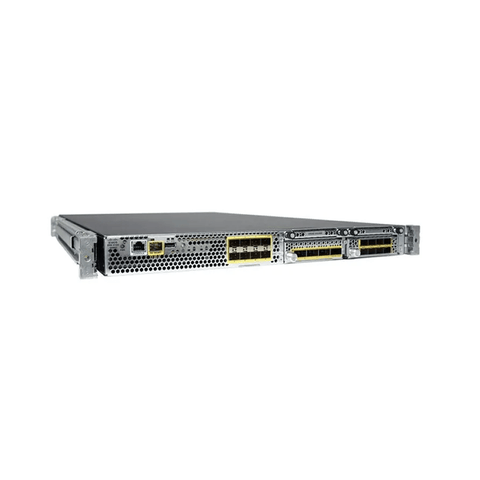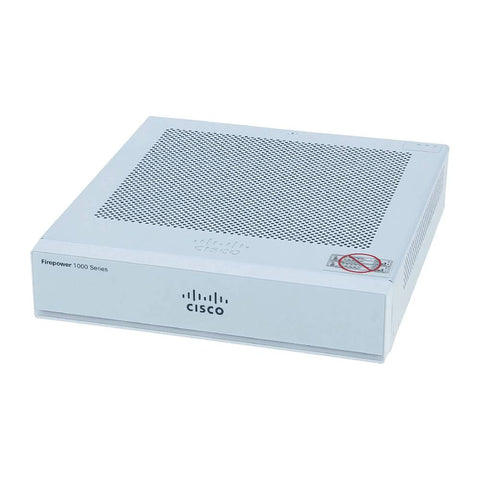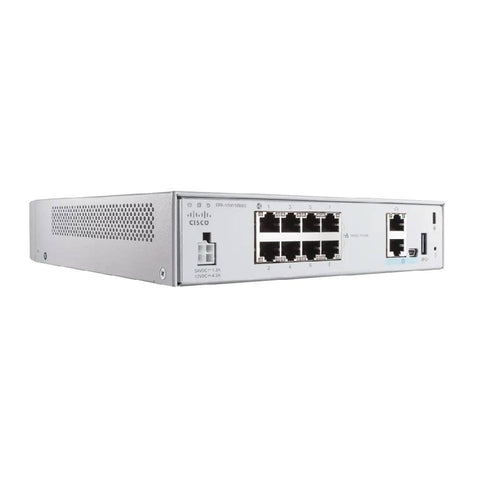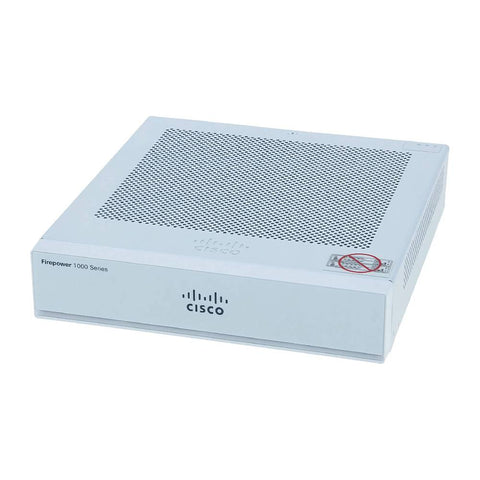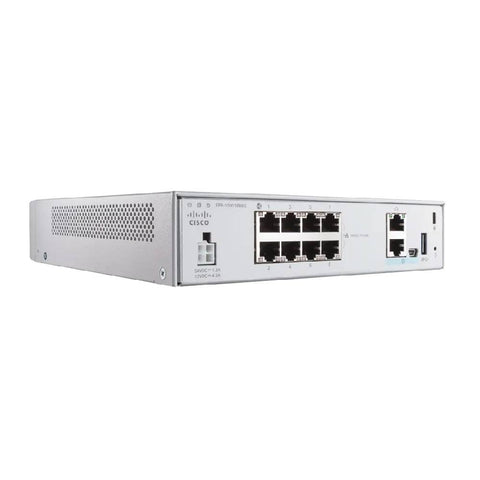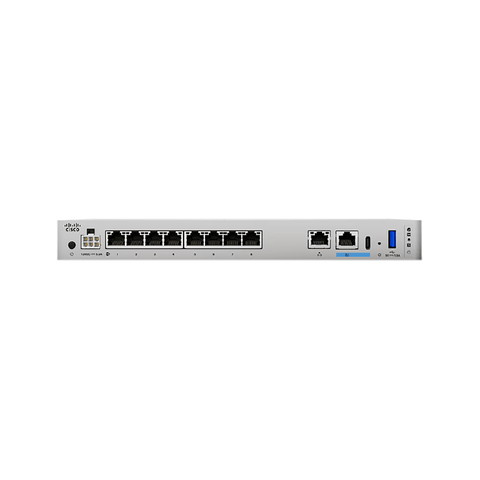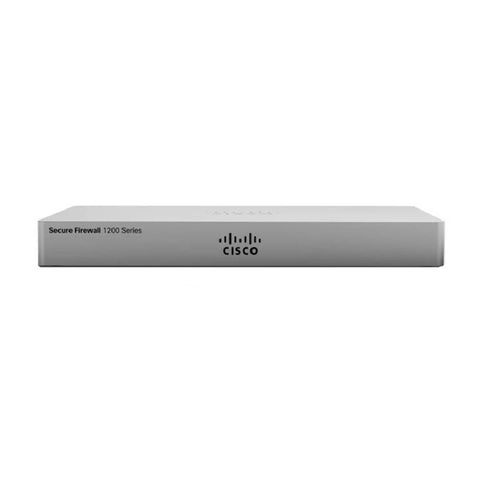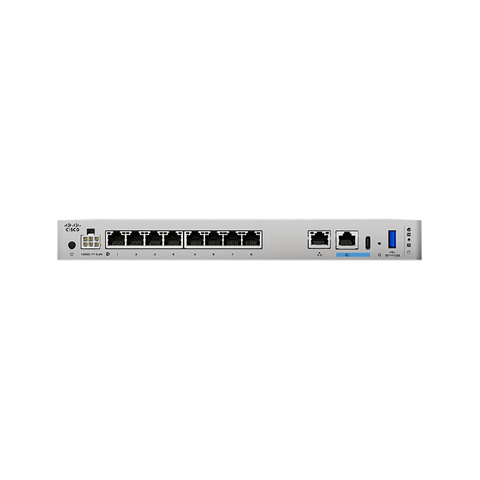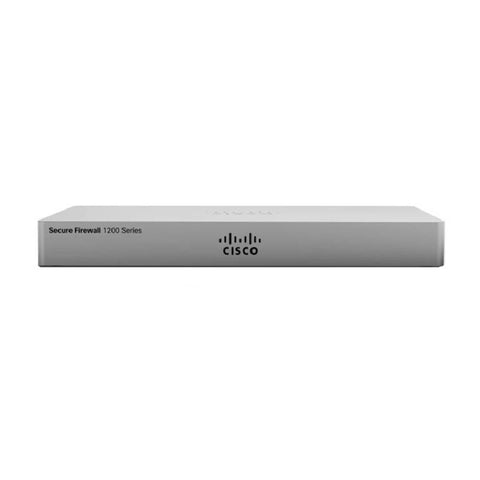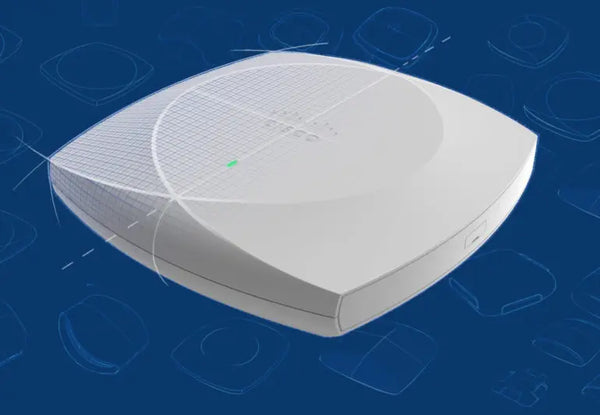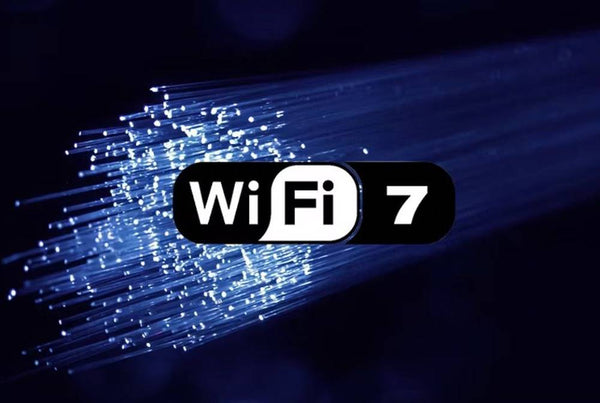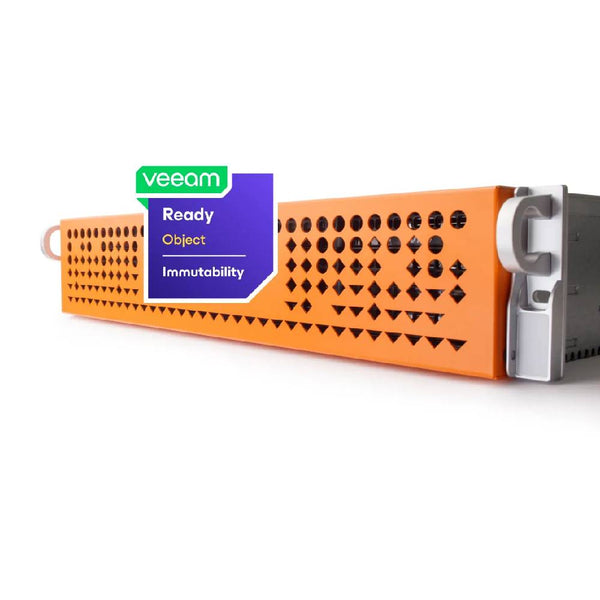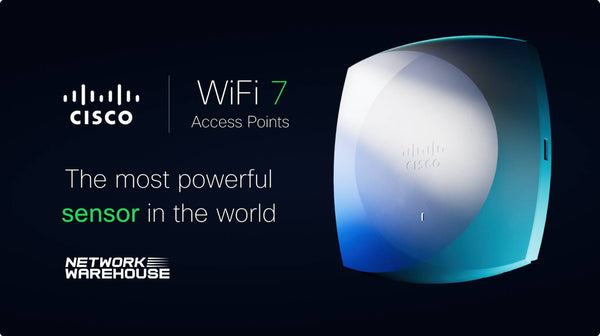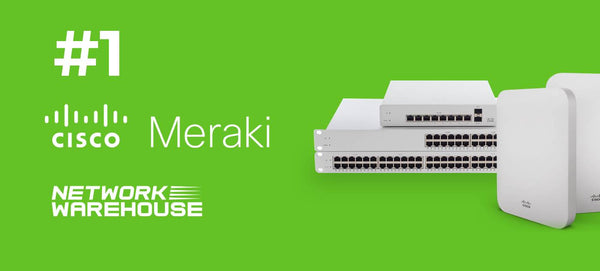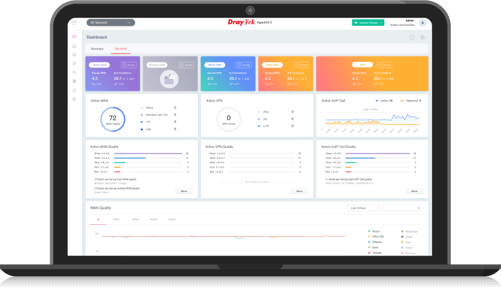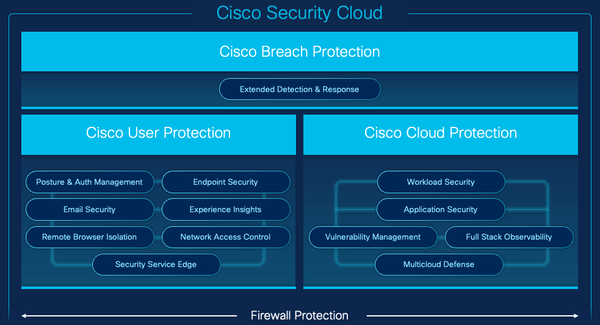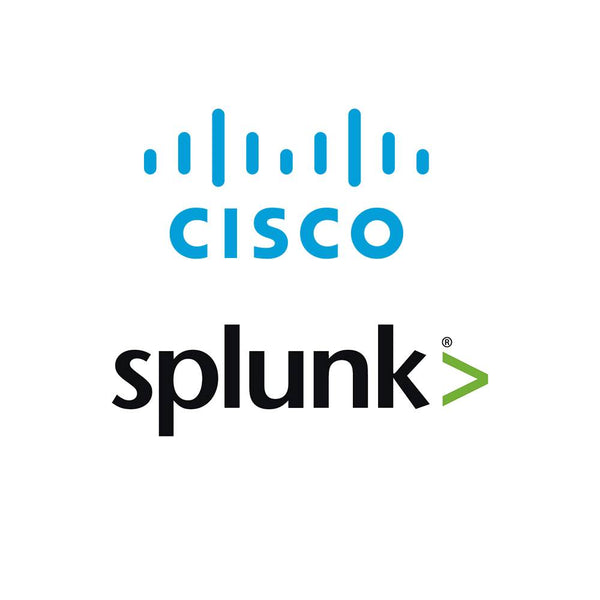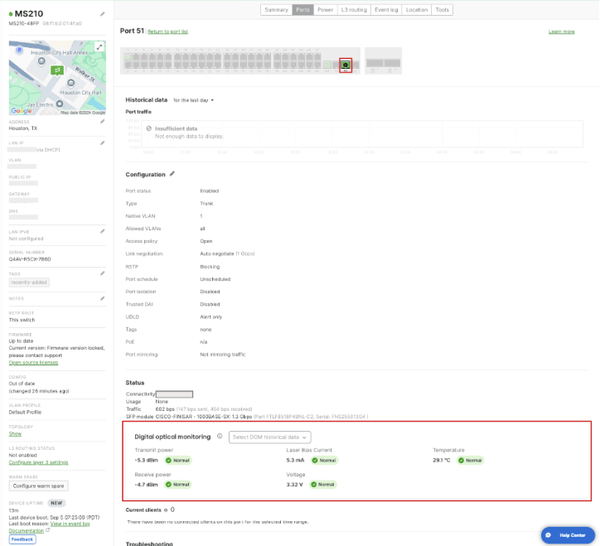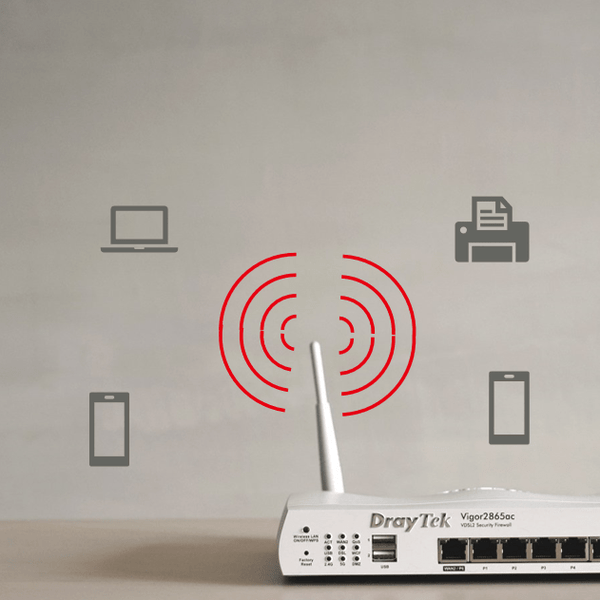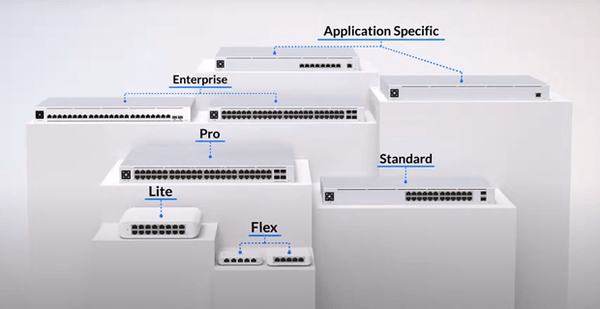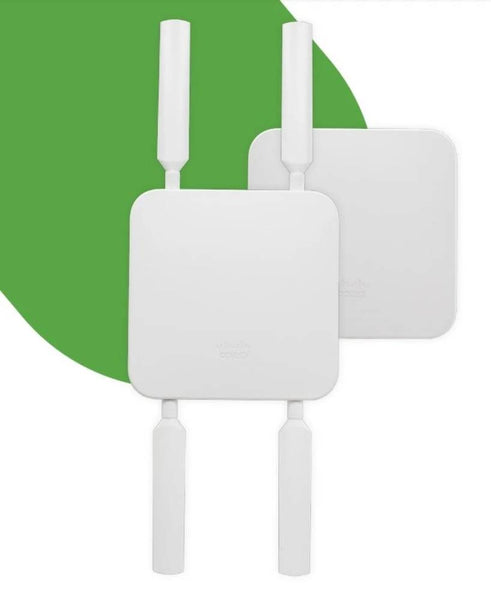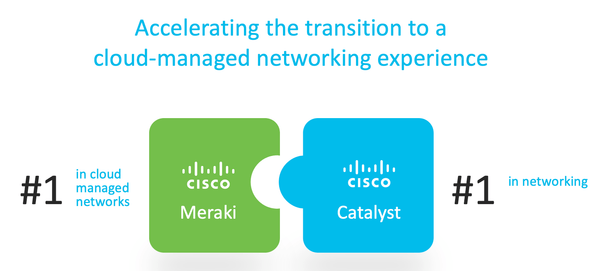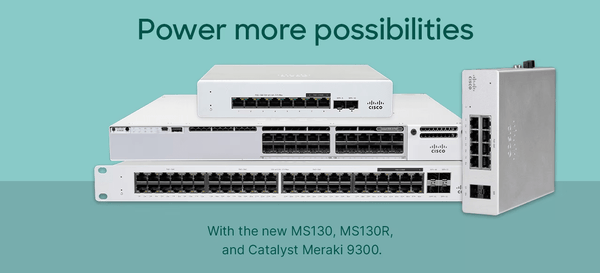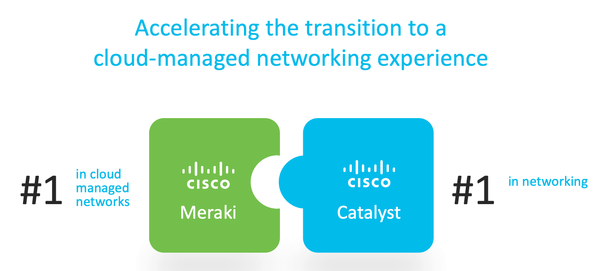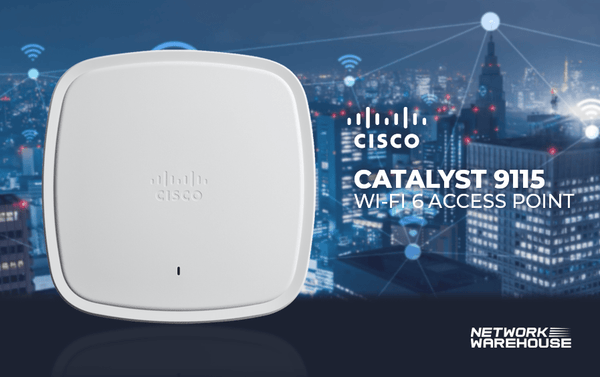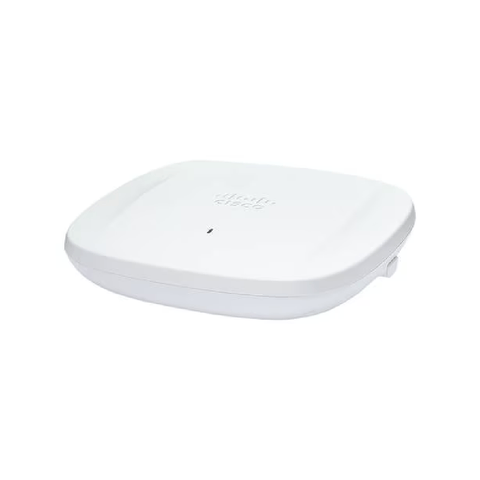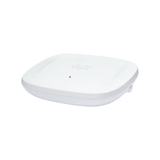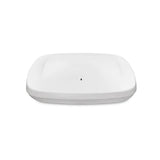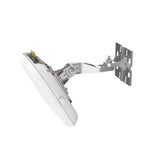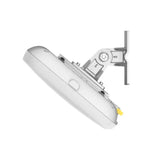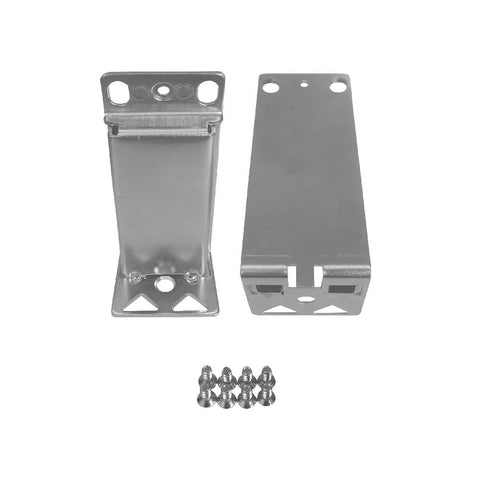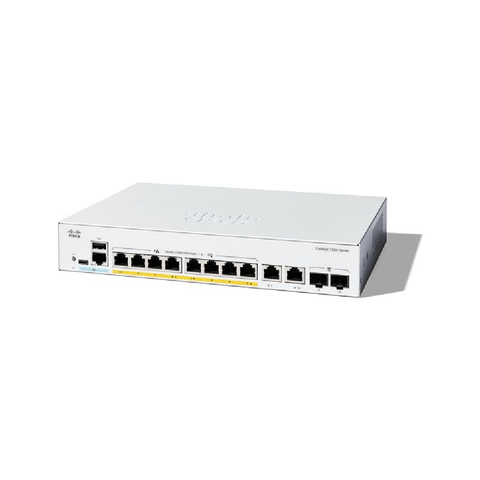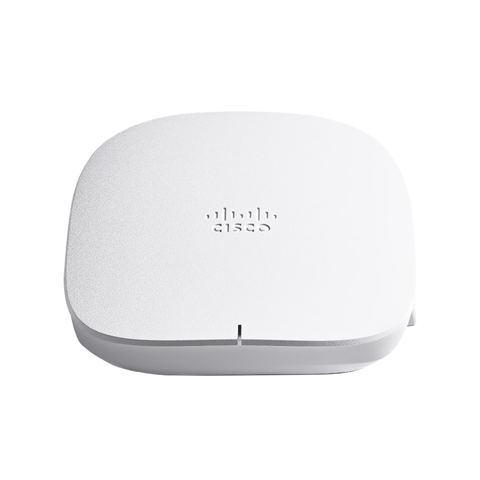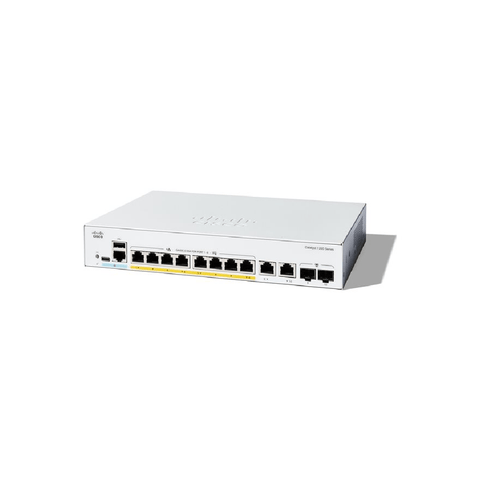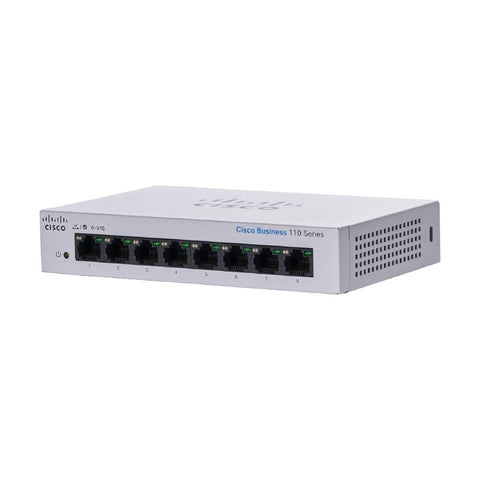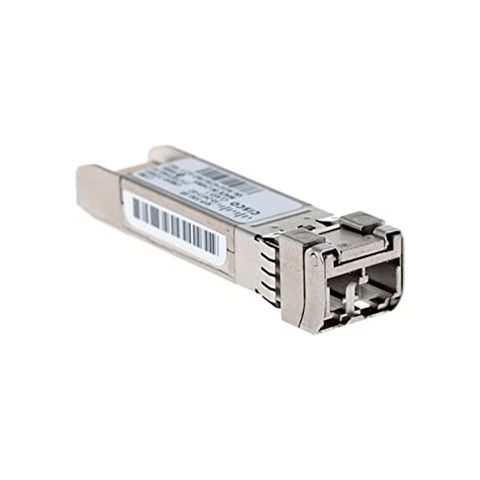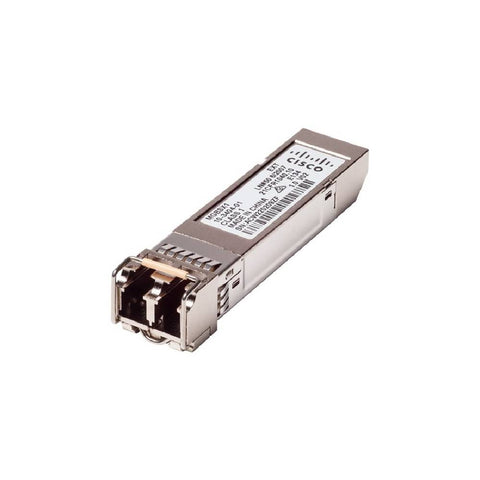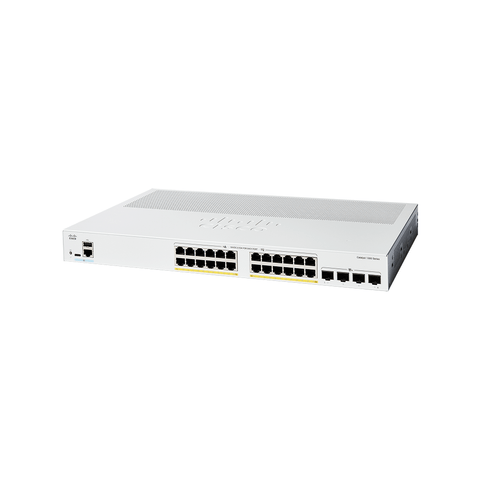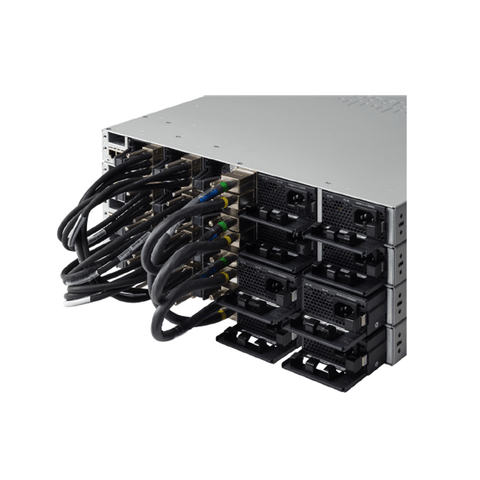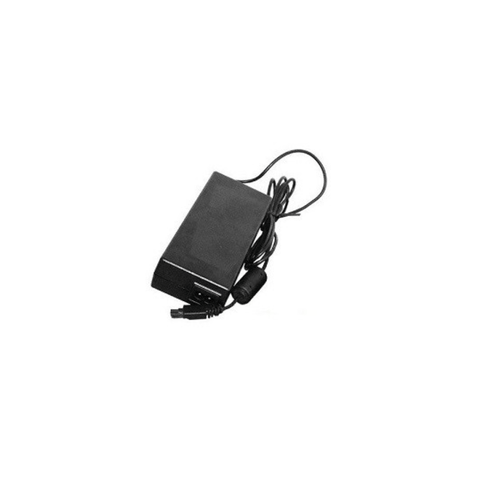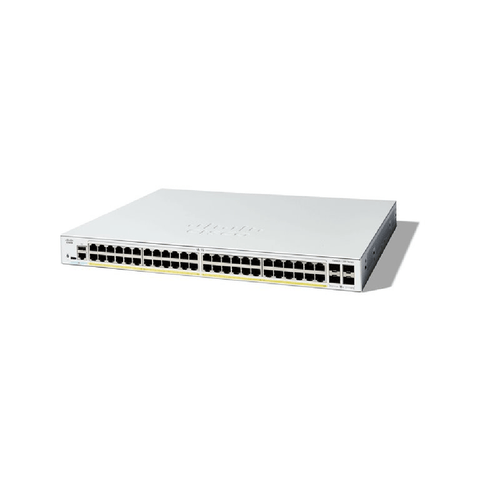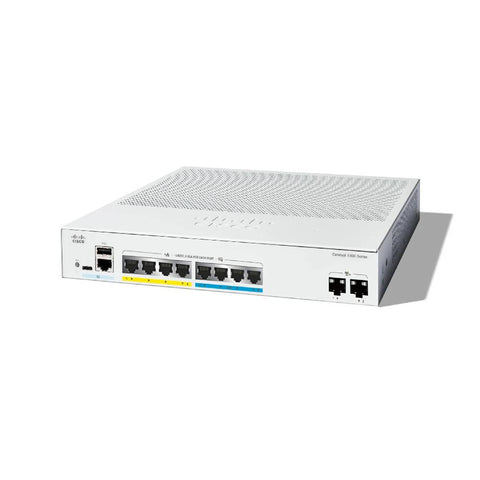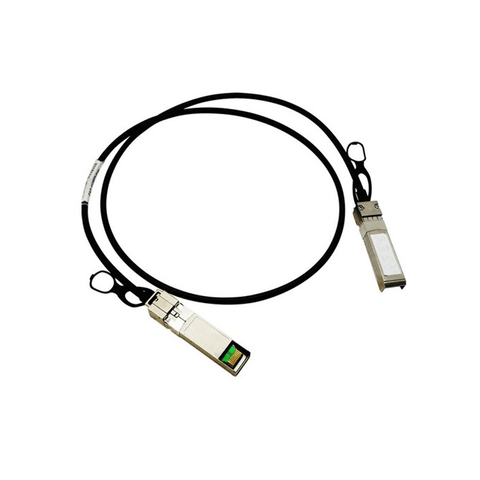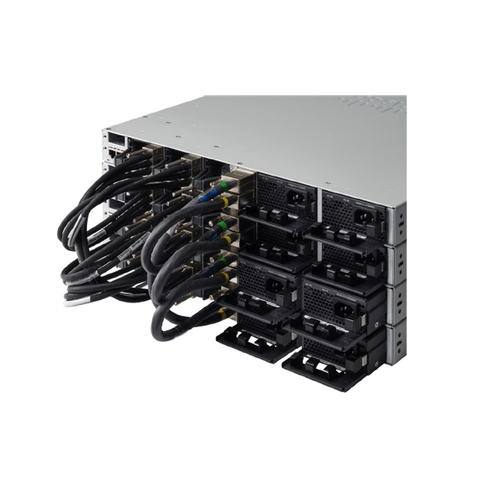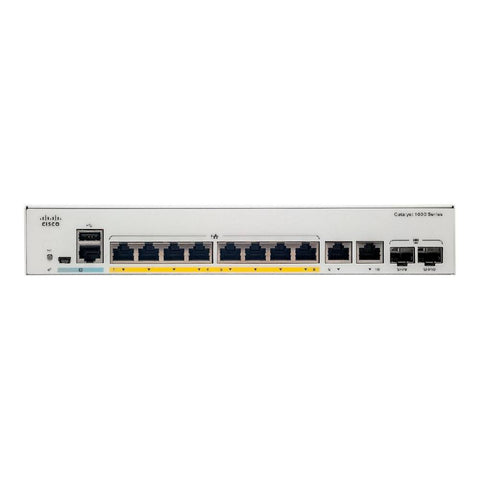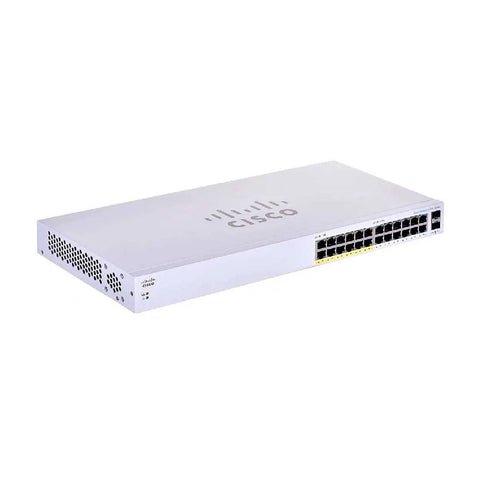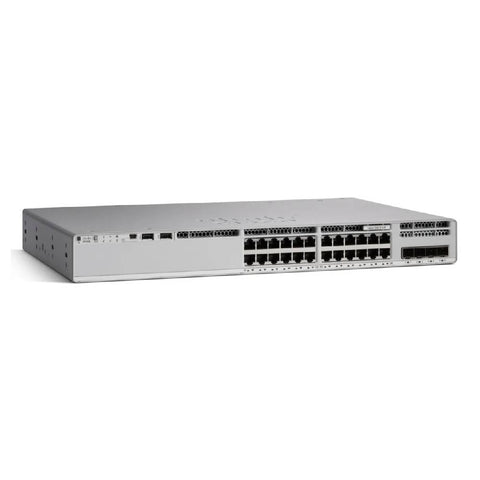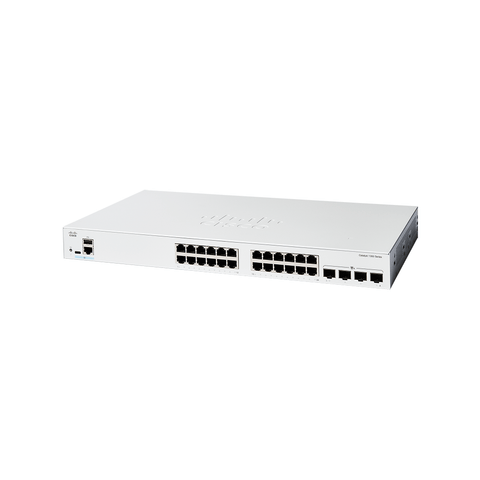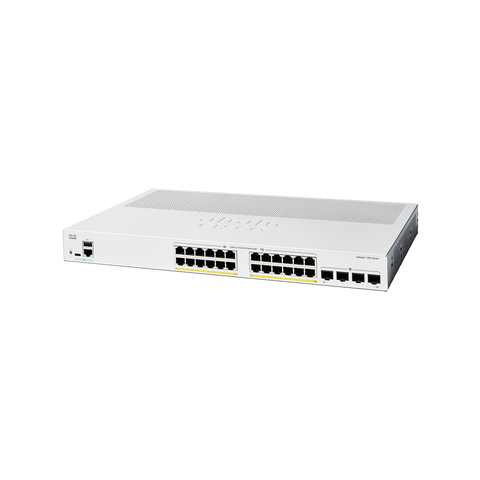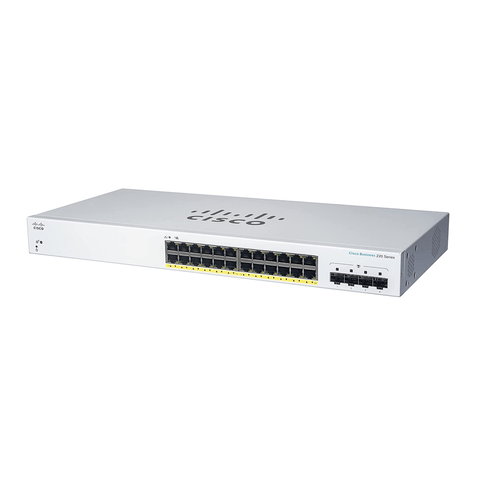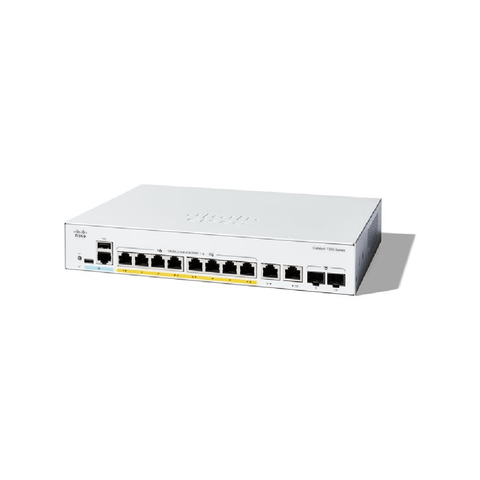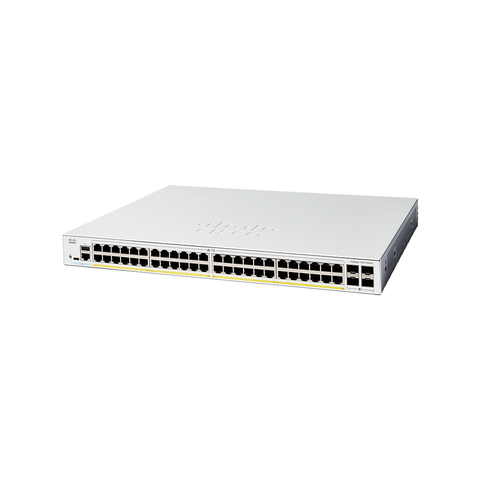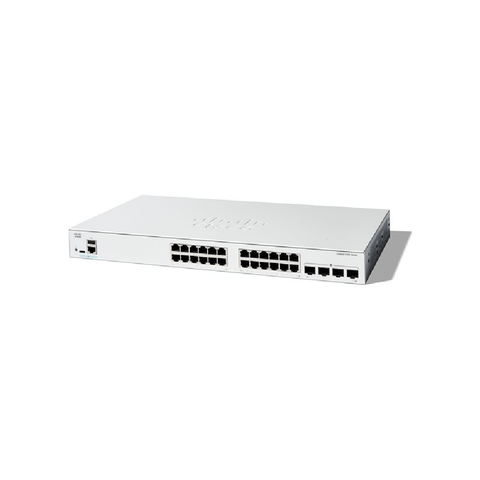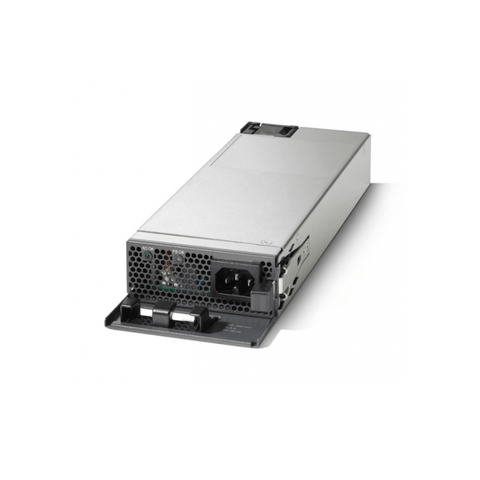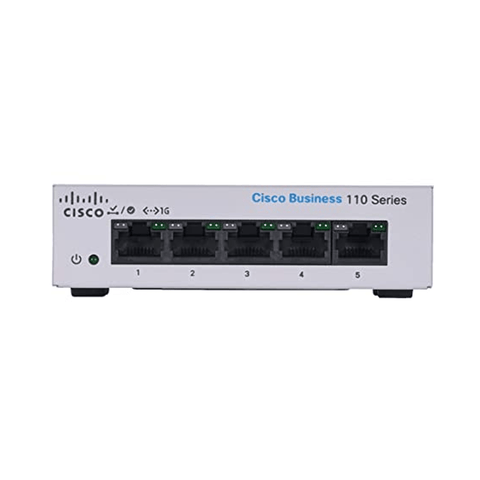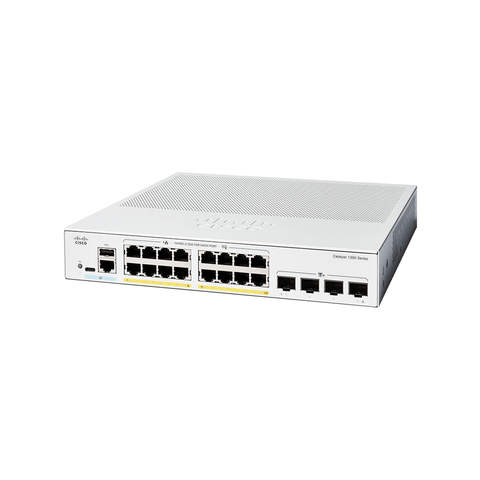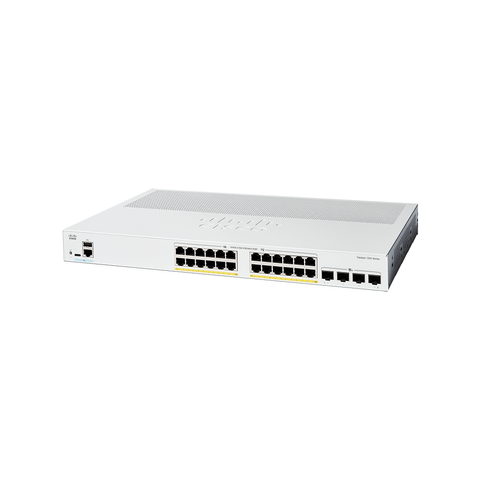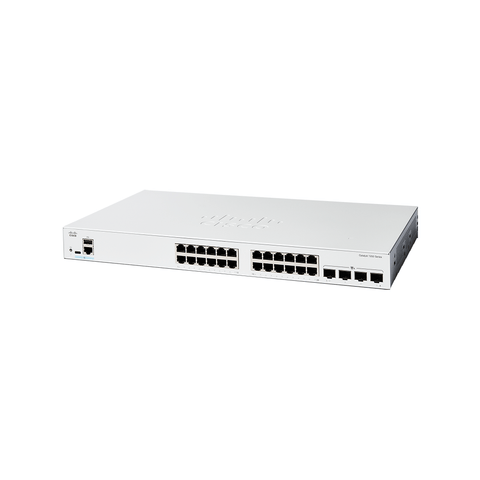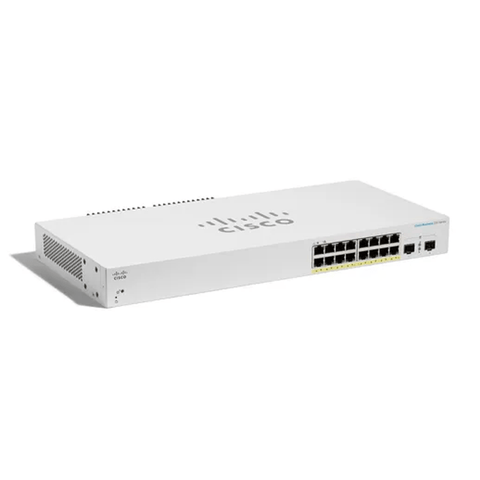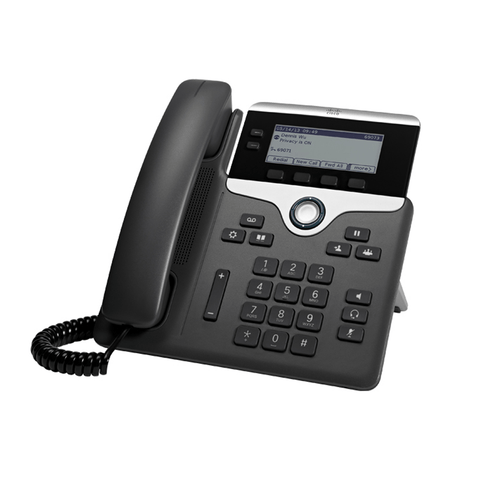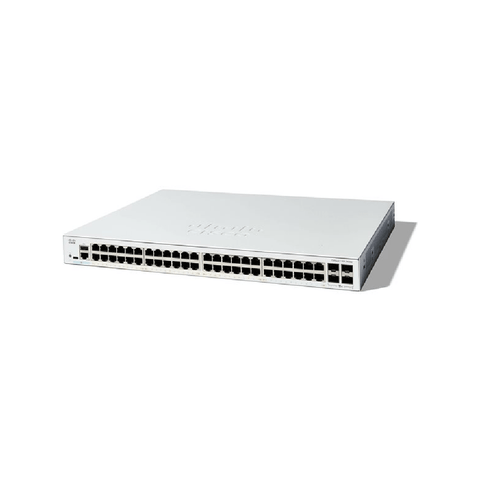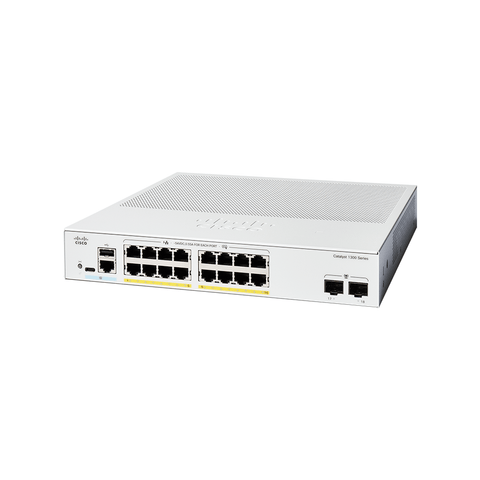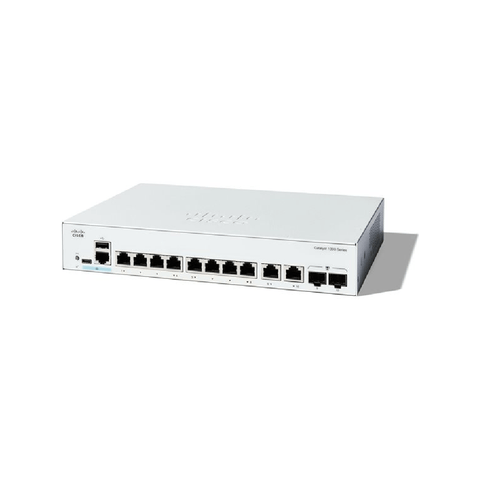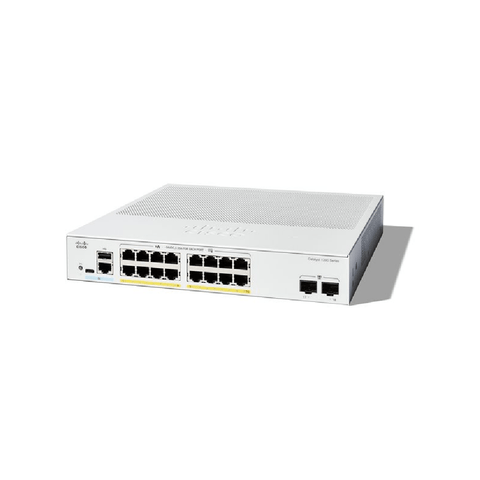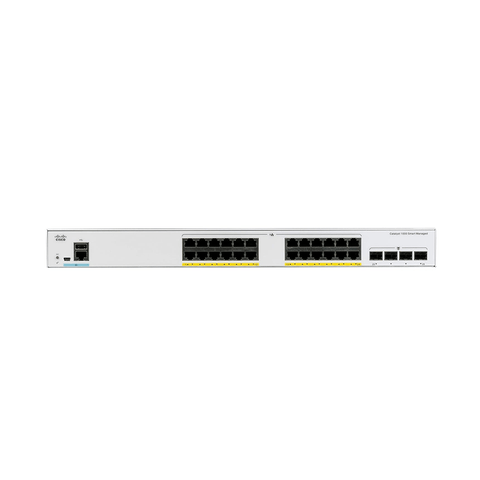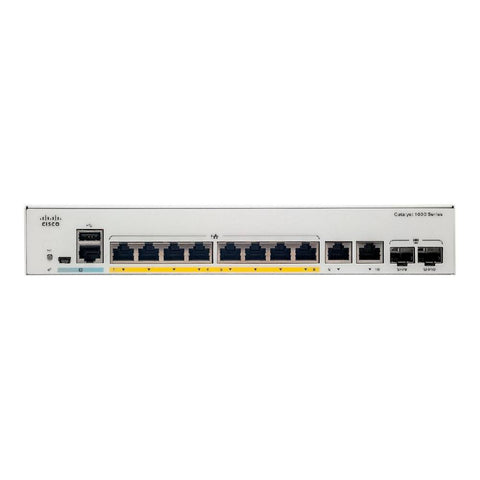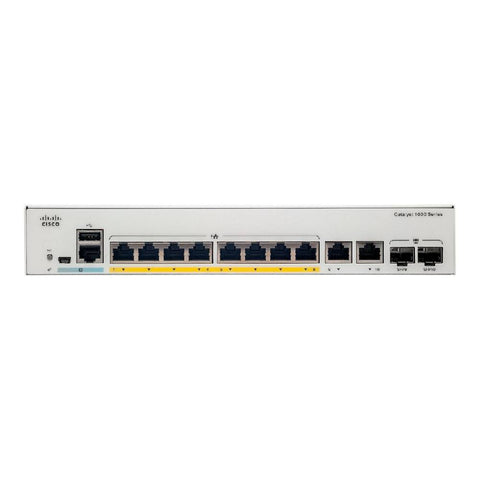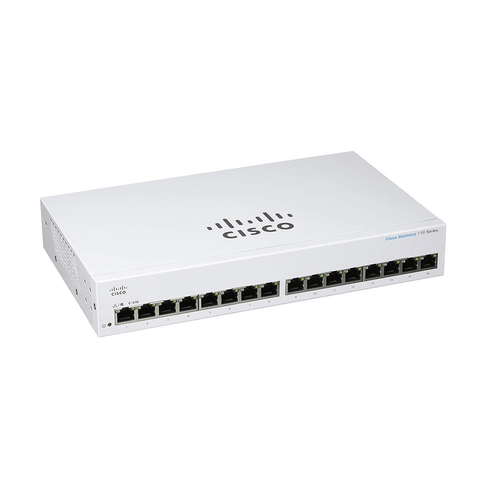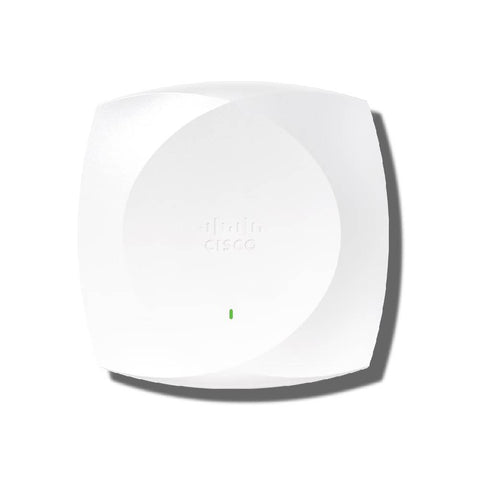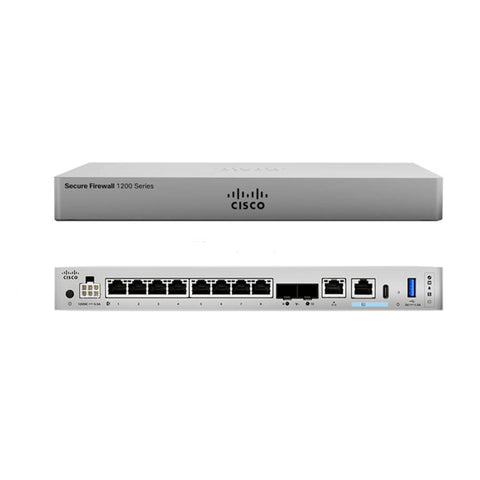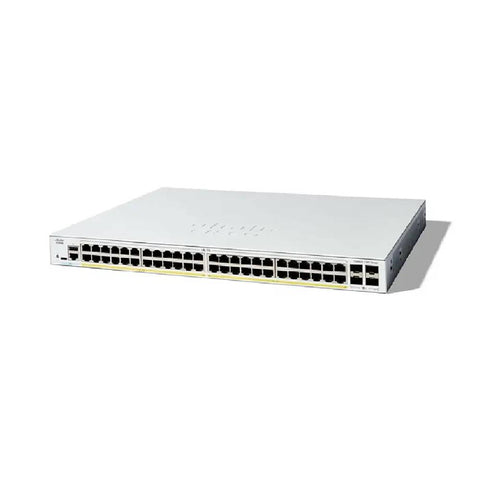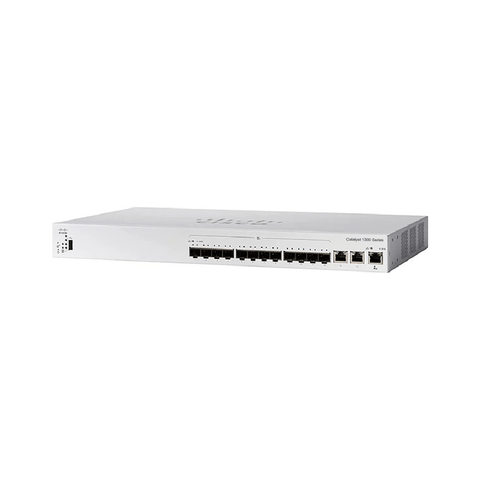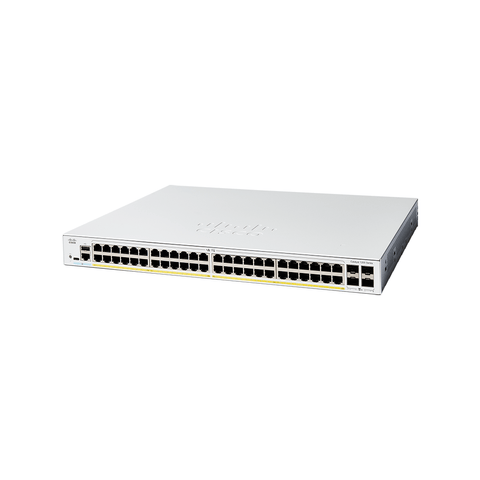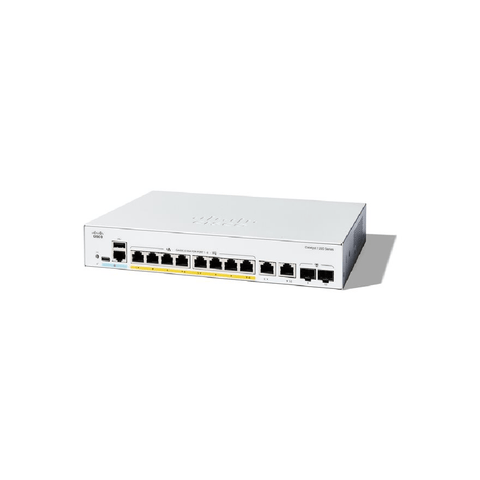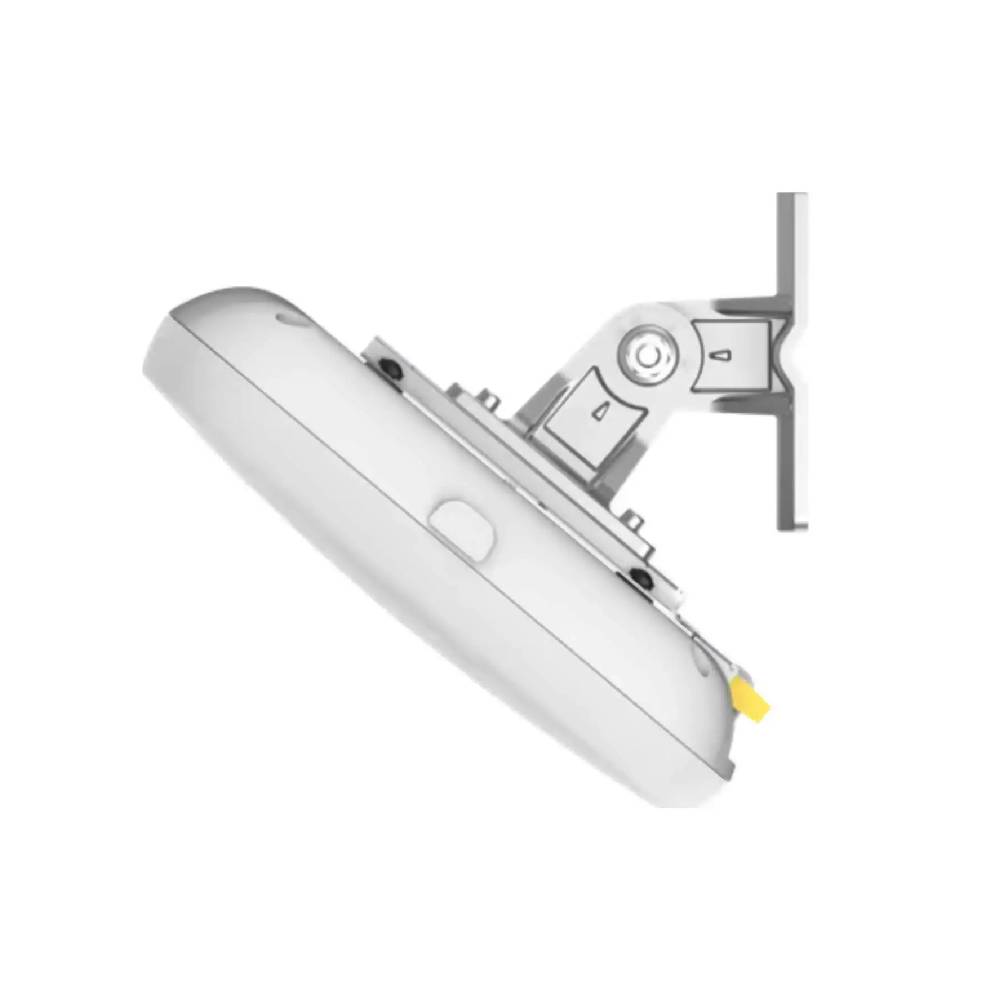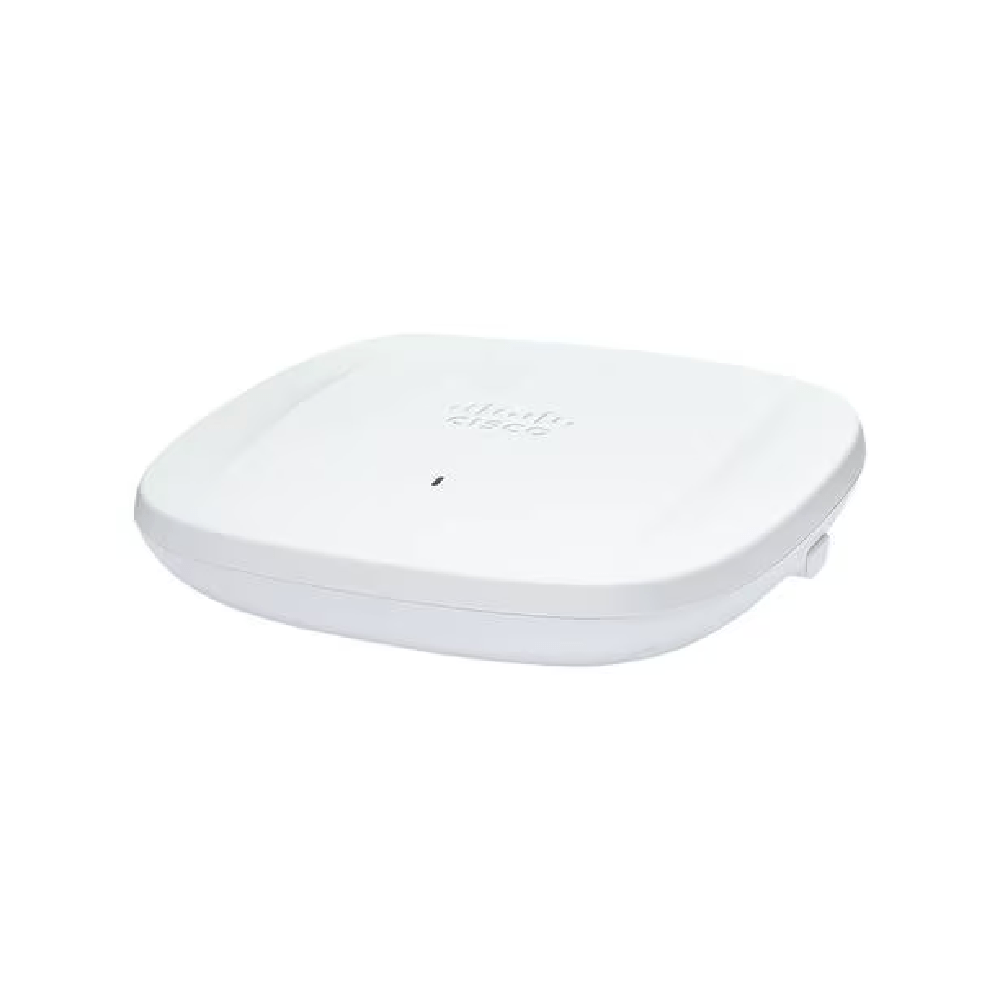your product's name
your product's name
your product's name
your product's name
your product's name
your product's name
your product's name
your product's name
Network Warehouse Launches Laptop Warehouse: No.1 Lenovo Business Laptop Solutions
The demand for dependable, high-performance laptops has grown quickly as busi...
Read moreThe Design Story Behind the Award-Winning Cisco Wi-Fi 7 Access Points
Cisco's Wi-Fi 7 access points have been honored with the Red Dot Award for Pr...
Read moreConverging On-Premises & Cloud Network Security Into a Unified Hybrid Strategy
Bridging On-Premises and Cloud Security with Cisco’s Latest Innovations Today...
Read moreStrengthening Retail Security and Loss Prevention
A positive shopping experience depends on more than just friendly service and...
Read moreThe Future of Work Demands Next-Gen WiFi
The way we work has undergone a radical transformation in recent years. Remot...
Read moreBuild Physical Security Superpowers with Smart Bullet Cameras and Multi-Imagers
How is your current physical security deployment doing? We consistently hear ...
Read moreNetwork Warehouse add Object First to its vendor portfolio
This week Network Warehouse became a fully authorised Object First solutions ...
Read moreThe Future of Business Connectivity: Wi-Fi 7 and OpenRoaming
Seamless, reliable connectivity isn’t just a nice-to-have anymore—it’s essent...
Read moreNetwork Warehouse Named #1 for Meraki
Network Warehouse have been named #1 for Cisco Meraki in the United Kingdom. ...
Read moreDrayTek VigorACS 3 – Network Management System
Want a cloud manged network but don't have the budget for Cisco Meraki. Take ...
Read moreSocial Engineering 201: How the Cisco User Protection Suite Safeguards Organizations
In Social Engineering 101, we shared the story of John, the well-meaning empl...
Read moreCisco Security and Splunk SIEM
How Splunk SIEM and Cisco Security work together The Splunk platform removes ...
Read moreMeraki Introducing SFP Optic Health Monitoring with Digital Optical Monitoring (DOM)
Being able to monitor the health of your fiber optic transceivers in real ti...
Read moreMeet the new Cisco Catalyst 1200 and 1300 Series Switches for SMBs
In today’s hyperconnected world where seamless customer experience is the ke...
Read more40 years later, the UPS is more important than ever for certainty in a connected world
Himamshu Prasad, September 4, 2024 This year, we celebrate the #40YearsOn an...
Read moreGetting Started with Ubiquiti UniFi
The World of UniFi works in tandem to fulfill the essential needs of modern...
Read moreMIMO & Beamforming
MIMO, Spatial Multiplexing, MU-Mimo & Beamforming When I was writing my...
Read moreWhich UniFi Switch is Right for Me?
UniFi switches help you power, connect, and process traffic across all of yo...
Read moreDon’t forget the uninterruptible power supply in your cybersecurity plan
Cybersecurity breaches through unauthorized access to hardware happen more o...
Read moreWhich Ubiquiti UniFi Protect Camera is Right for Me?
There are many factors to consider when deciding which UniFi Protect cameras...
Read moreHow to get long term value from a modular single-phase UPS
Michael Mahan, July 20, 2024 When purchasing a single-phase uninterruptible ...
Read moreSimplify 5G Fixed Wireless Access and Scale Secure Connectivity to More Places
Pratik Desai, May 29 2024 Cisco introduces its first 5G Standalone (SA) fix...
Read moreCreating a Long-Term Strategy for Secure Remote Work
By Kamden Schewitz, Dec '23 Keep distributed teams connected and secur...
Read moreCisco Live 2023: Cross-Product Integration
By Zeus Kerravala, 2023 At Cisco’s global user event, Cisco Live, held recen...
Read morePower meets simplicity with the Meraki Catalyst 9300-M
By Minyi Pan, October 2023 In our recent blog announcing new Meraki cloud-ma...
Read moreOnboard your Cisco Catalyst Switches in the Meraki Dashboard today
By Alphonsine Anderson, 2023 Cisco Catalyst (IOS-XE) coming to the Meraki Clo...
Read morePowering New Customer Experience Possibilities
By Tony Carmichael, 2023 Check out the new Cisco Meraki MS130, MS130R, and Ca...
Read moreUnifying Security: Elevate Your Zero Trust Strategy with Cisco’s Duo and Cisco Secure Access
By Jeff Yeo, 2023 In the ever-changing landscape of cybersecurity, the concep...
Read moreWatchGuard Achieves the Highest Recognition
WatchGuard has been named Leader in the latest G2 Grid Report and honored wi...
Read moreIT Leaders Contend with Secure Multicloud Access – The 2023 Global Networking Trends Report
By Derek Mitsumori, 2023 What do you get when a massively distributed workfo...
Read moreCisco Catalyst Gains ‘Industry-Changing’ Simplicity With Meraki Cloud Management Option
The tech giant announces a breakthrough in network management at Cisco Live 2...
Read moreMeraki Go Router Firewall Plus Is The Smart And Easy Way To Secure A Network
If you run a business, you’ll know it’s vital to protect your network and its...
Read moreCisco collaborates with Mazak to innovate in sustainable manufacturing
Working together to build a bridge between productivity and sustainability. “...
Read moreSimplify Security with Managed Cloud Video Surveillance
Maximize business intelligence and adapt to the shifting tech landscape. Chal...
Read moreCisco helps Starbucks brew up efficiency through network automation
A full stack Meraki solution for premium customer experience. It was a relief...
Read moreSee beyond Believing with Smart Cameras
Leveraging video intelligence for agile factories As manufacturers large and ...
Read moreThe best cyber-defense? An analyst who understands offense
Lurene Grenier knows how to build a cyberweapon. Good thing she’s on Cisco’s ...
Read moreCisco Business Mobile app
The Cisco Business Mobile app lets you set up and control your Cisco Business...
Read moreCisco Business Wireless app
The Cisco Business Wireless Mobile app lets you set up and control your Cisco...
Read moreMapping the Way to a More Connected Community
Tech trends and solutions to help steer your journey Over the last decade, ...
Read moreNetworking Demystified: Why Wi-Fi 6E is Hot and Why You Should Care
Wi-Fi 6E is here and the worldwide Wi-Fi community is buzzing about it. But ...
Read moreTop Tech Trends Driving Retail Customer Experiences
Blend e-commerce convenience with in-store tactics for five-star experiences ...
Read moreAccelerating a revolution in autonomous travel
Powered by Cisco, Oxbotica’s AI platform is changing how the earth moves. Whe...
Read moreIntroducing a New Dashboard Landing Experience
Simple, not basic “Everything should be made as simple as possible, but not s...
Read moreTransform your network operations with the cloud-delivered power of Nexus Cloud
In this blog I will delve into details of the new Cisco Nexus Cloud, which g...
Read moreTransforming Hotel Operations with Smart Technology
Increased efficiencies ensure hotel facility managers rest easy at night Thin...
Read moreWiFi 6, for the next wave in ubiquitous connectivity
Cisco’s WiFi 6 solutions are supporting a secure, fast, low-latency future. I...
Read moreBuild Smarter Experiences with Cloud-Managed Networking
Cloud-managed networking has emerged as a critical solution for IT leaders w...
Read moreHyperconnectivity with steady performance in demanding environments
Hyperconnectivity with steady performance in demanding environments. Exponen...
Read moreGraduate to Elevated Campus Experiences
Five ways IoT technologies can modernise IT, facilities, and operationsAs un...
Read more
Jon Petanya
Network Administrator
Great customer service which means more to us than just the low prices.
CW9166D1-ROW | Cisco Catalyst Wi-Fi 6E Indoor Access Point
£1,164.41 inc vat
CW9166D1-ROW
61
The Cisco catalyst CW9166D1-ROW is a Wi-Fi 6E (802.11ax) indoor access point. Five radios: 2.4 GHz (4x4), 5 GHz (4x4), 6 GHz (4x4), IoT radio & band steering radio.
Key Features
- Wi-Fi 6 and Wi-Fi 6E (802.11ax): The IEEE 802.11ax standard, also known as High-Efficiency Wireless (HEW) or Wi-Fi 6, builds on 802.11ac. It delivers a better experience in typical environments with more predictable performance for advanced applications such as 4K or 8K video; high-density, high-definition collaboration apps; all-wireless offices; and the Internet of Things (IoT). Wi-Fi 6E is Wi-Fi 6 “extended” into the 6-GHz frequency band
- XOR radio: The dual-band XOR radio in the Catalyst 9166 Series enables shifting capacity between 6 GHz and a secondary 5-GHz radio.
- Environmental sensors: These built-in sensors measure air quality (total volatile organic compounds [TVOC]), temperature, and humidity, and help ensure a safe working environment, avoiding the need to install an overlay of difficult-to-manage independent sensors.
- Zero Wait DFS: Allows for continuous monitoring of DFS channels for radar events thus enabling faster channel changes when needed. This enables RRM to minimize client distribution and maximize operational readiness.
- AP power optimizations (AP Power Save Mode): AP Power optimizations (AP Power save mode) allows the access point to reduce its power consumption by e.g. shutting off radios during off-hours and weekends – whilst still being smart enough to re-engage all features should they be needed. This both saves power and reduces the carbon footprint of running a wireless network.
- CleanAir™ Pro: CleanAir™ Pro extends Cisco’s industry leading RF Interference detection and classification into the 6 GHz band.
- Band steering: Enhanced to help clients that are 6-GHz capable to leave the 5-GHz radio and connect to the 6-GHz one. Wi-Fi 6E clients are automatically directed to connect to the 6-GHz radio to take advantage of the benefits it offers and free up the 2.4- and 5-GHz radios for legacy clients.
- Uplink/downlink OFDMA: Orthogonal Frequency-Division Multiple Access (OFDMA)-based scheduling splits the bandwidth into smaller frequency allocations called Resource Units (RUs), which can be assigned to individual clients in both the downlink and uplink directions to reduce overhead and latency.
- Uplink/downlink MU‑MIMO technology: Supporting the highest number with 12 spatial streams, multiuser multiple input, multiple output (MU-MIMO) enables the access points to split spatial streams between client devices to maximize throughput.
- BSS coloring: Spatial reuse (also known as Basic Service Set [BSS] coloring) allows the access points and their clients to differentiate between BSSs, thus permitting more simultaneous transmissions.
- Target Wake Time: Target Wake Time (TWT) allows the client to stay asleep and to wake up only at prescheduled (target) times to exchange data with the access point. This offers significant energy savings for battery-operated devices, up to three to four times the savings achieved by 802.11n and 802.11ac.
- Intelligent Capture: Intelligent Capture probes the network and provides Cisco DNA Center with deep analysis. The software can track more than 240 anomalies and instantaneously review all packets on demand, emulating the onsite network administrator. Intelligent Capture allows for more informed decisions on your wireless networks.
- Application hosting: Application hosting helps simplify IoT deployments and ready them for the future by eliminating the need to install and manage overlay networks. Using the USB interface, containerized applications and hardware modules can be deployed to reduce cost and complexity. Adding Cisco DNA Center provides workflows and deployment-wide application lifecycle management.
- Bluetooth 5.1: The integrated Bluetooth Low Energy (BLE) 5.1 radio enables location-based use cases such as asset tracking, wayfinding, and analytics.
- Container support for applications: Container support enables edge computing capabilities for IoT applications on the host access point.
-
Choice of persona: Cisco Catalyst 9166 Series Access Points can be managed either on-premises with Catalyst 9800 Wireless Lan Controllers (WLC) or cloud-managed through the Meraki dashboard. Customers have the flexibility to deploy these access points in one persona and shift to a different persona in the future.
Options
DNA Licences (Optional)
Downloads
Datasheet
About This Product
The Cisco Catalyst 9166 Series Access Points are advanced wireless solutions designed for mission-critical environments, offering the flexibility to operate with either on-premises or cloud-based management. These next-generation access points support the 6 GHz spectrum introduced with Wi-Fi 6E, delivering enhanced performance, security, and reliability.
With the ability to switch between management modes, the Catalyst 9166 Series helps protect your network investment while enabling seamless support for hybrid work environments. By utilizing the expanded 6 GHz band, these access points offer greater bandwidth, reduced interference, and improved throughput. Each unit is equipped with three 4x4 radios and a suite of advanced features to meet the demands of modern networks.
By combining Cisco’s trusted Catalyst infrastructure with the intuitive Meraki cloud platform, the 9166 Series delivers a unified and powerful networking experience. It’s an ideal solution for organizations that require secure, high-performance connectivity for users working from anywhere.
A key advantage of the 9166 Series is its management flexibility. Organizations can begin with an on-premises deployment and later transition to cloud-based management without needing to replace or redistribute hardware—making it a future-ready solution that adapts to evolving IT strategies.
🚀 1-2 Days Express DeliveryThe Cisco catalyst CW9166D1-ROW is a Wi-Fi 6E (802.11ax) indoor access point. Five radios: 2.4 GHz (4x4), 5 GHz (4x4), 6 GHz (4x4), IoT radio & band steering radio.
Key Features
- Wi-Fi 6 and Wi-Fi 6E (802.11ax): The IEEE 802.11ax standard, also known as High-Efficiency Wireless (HEW) or Wi-Fi 6, builds on 802.11ac. It delivers a better experience in typical environments with more predictable performance for advanced applications such as 4K or 8K video; high-density, high-definition collaboration apps; all-wireless offices; and the Internet of Things (IoT). Wi-Fi 6E is Wi-Fi 6 “extended” into the 6-GHz frequency band
- XOR radio: The dual-band XOR radio in the Catalyst 9166 Series enables shifting capacity between 6 GHz and a secondary 5-GHz radio.
- Environmental sensors: These built-in sensors measure air quality (total volatile organic compounds [TVOC]), temperature, and humidity, and help ensure a safe working environment, avoiding the need to install an overlay of difficult-to-manage independent sensors.
- Zero Wait DFS: Allows for continuous monitoring of DFS channels for radar events thus enabling faster channel changes when needed. This enables RRM to minimize client distribution and maximize operational readiness.
- AP power optimizations (AP Power Save Mode): AP Power optimizations (AP Power save mode) allows the access point to reduce its power consumption by e.g. shutting off radios during off-hours and weekends – whilst still being smart enough to re-engage all features should they be needed. This both saves power and reduces the carbon footprint of running a wireless network.
- CleanAir™ Pro: CleanAir™ Pro extends Cisco’s industry leading RF Interference detection and classification into the 6 GHz band.
- Band steering: Enhanced to help clients that are 6-GHz capable to leave the 5-GHz radio and connect to the 6-GHz one. Wi-Fi 6E clients are automatically directed to connect to the 6-GHz radio to take advantage of the benefits it offers and free up the 2.4- and 5-GHz radios for legacy clients.
- Uplink/downlink OFDMA: Orthogonal Frequency-Division Multiple Access (OFDMA)-based scheduling splits the bandwidth into smaller frequency allocations called Resource Units (RUs), which can be assigned to individual clients in both the downlink and uplink directions to reduce overhead and latency.
- Uplink/downlink MU‑MIMO technology: Supporting the highest number with 12 spatial streams, multiuser multiple input, multiple output (MU-MIMO) enables the access points to split spatial streams between client devices to maximize throughput.
- BSS coloring: Spatial reuse (also known as Basic Service Set [BSS] coloring) allows the access points and their clients to differentiate between BSSs, thus permitting more simultaneous transmissions.
- Target Wake Time: Target Wake Time (TWT) allows the client to stay asleep and to wake up only at prescheduled (target) times to exchange data with the access point. This offers significant energy savings for battery-operated devices, up to three to four times the savings achieved by 802.11n and 802.11ac.
- Intelligent Capture: Intelligent Capture probes the network and provides Cisco DNA Center with deep analysis. The software can track more than 240 anomalies and instantaneously review all packets on demand, emulating the onsite network administrator. Intelligent Capture allows for more informed decisions on your wireless networks.
- Application hosting: Application hosting helps simplify IoT deployments and ready them for the future by eliminating the need to install and manage overlay networks. Using the USB interface, containerized applications and hardware modules can be deployed to reduce cost and complexity. Adding Cisco DNA Center provides workflows and deployment-wide application lifecycle management.
- Bluetooth 5.1: The integrated Bluetooth Low Energy (BLE) 5.1 radio enables location-based use cases such as asset tracking, wayfinding, and analytics.
- Container support for applications: Container support enables edge computing capabilities for IoT applications on the host access point.
-
Choice of persona: Cisco Catalyst 9166 Series Access Points can be managed either on-premises with Catalyst 9800 Wireless Lan Controllers (WLC) or cloud-managed through the Meraki dashboard. Customers have the flexibility to deploy these access points in one persona and shift to a different persona in the future.
Options
DNA Licences (Optional)
Downloads
Datasheet
About This Product
The Cisco Catalyst 9166 Series Access Points are advanced wireless solutions designed for mission-critical environments, offering the flexibility to operate with either on-premises or cloud-based management. These next-generation access points support the 6 GHz spectrum introduced with Wi-Fi 6E, delivering enhanced performance, security, and reliability.
With the ability to switch between management modes, the Catalyst 9166 Series helps protect your network investment while enabling seamless support for hybrid work environments. By utilizing the expanded 6 GHz band, these access points offer greater bandwidth, reduced interference, and improved throughput. Each unit is equipped with three 4x4 radios and a suite of advanced features to meet the demands of modern networks.
By combining Cisco’s trusted Catalyst infrastructure with the intuitive Meraki cloud platform, the 9166 Series delivers a unified and powerful networking experience. It’s an ideal solution for organizations that require secure, high-performance connectivity for users working from anywhere.
A key advantage of the 9166 Series is its management flexibility. Organizations can begin with an on-premises deployment and later transition to cloud-based management without needing to replace or redistribute hardware—making it a future-ready solution that adapts to evolving IT strategies.
Related Products
Cisco 19" Rack Kit for Compact C1000, C1200 & C1300 Switches | RCKMNT-CMPCT-1K=
£30.82 inc VAT
Contact Support
FPR1010-ASA-K9 | Cisco Firepower 1010 Security Appliance
£642.66 inc VAT
Contact Support
C1300-48P-4X | Cisco Catalyst 48-Port Gigabit PoE + Switch
£1,138.14 inc VAT
In Stock
C1000-8P-E-2G-L | Cisco Catalyst 8-Port Gigabit PoE+ Switch
£450.76 inc VAT
Contact Support
CBS110-24PP-UK | Cisco 24-Port Unmanaged Gigabit PoE Switch
£229.66 inc VAT
In Stock
CBS220-16P-2G-UK | Cisco 16-Port Smart Gigabit PoE+ Switch
£228.25 inc VAT
Contact Support
C1000-24P-4G-L | Cisco Catalyst 24-Port Gigabit PoE+ Switch
£1,346.58 inc VAT
In Stock
C1000-8P-2G-L | Cisco Catalyst 8-Port Gigabit PoE+ Switch
£517.51 inc VAT
Contact Support
C1000-8FP-2G-L | Cisco Catalyst 8-Port Gigabit PoE+ Switch
£857.54 inc VAT
Contact Support
CSF1220CX-ASA-K9 | Cisco Secure Firewall Security Appliance
£2,398.20 inc VAT
In Stock

